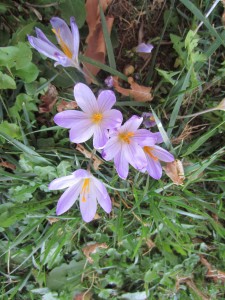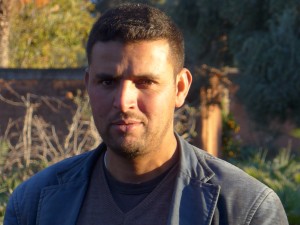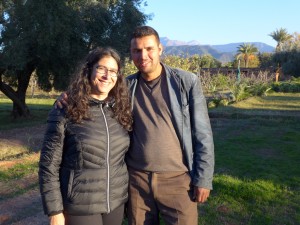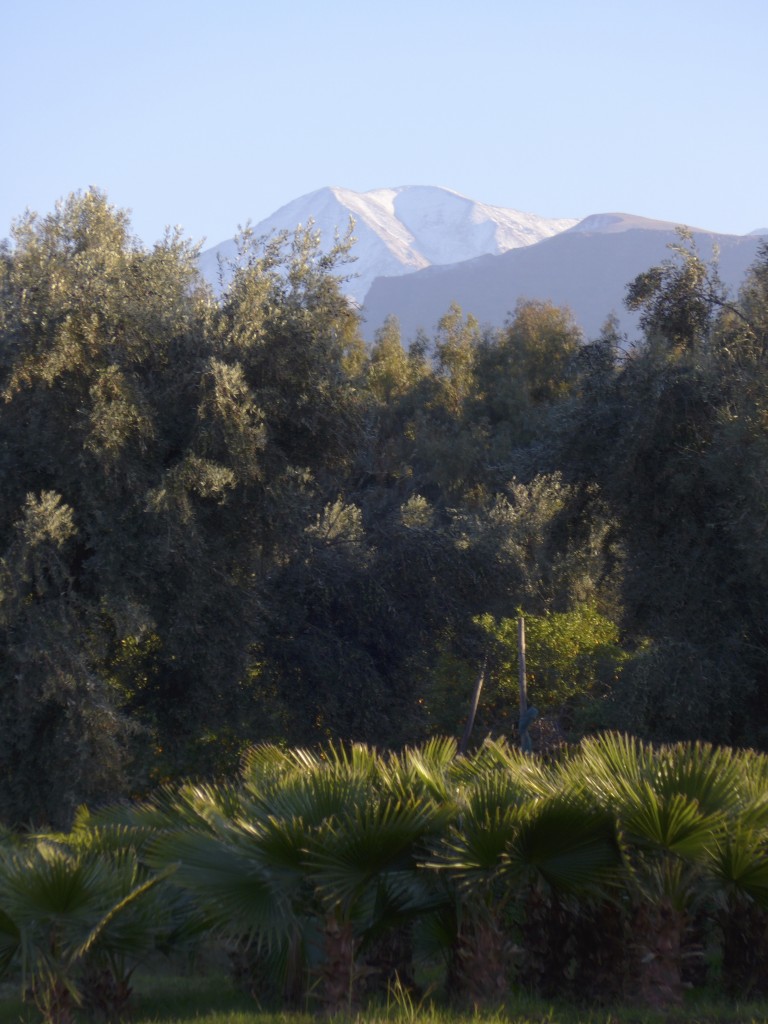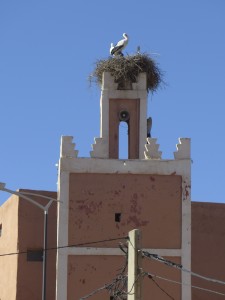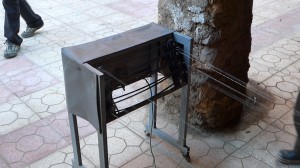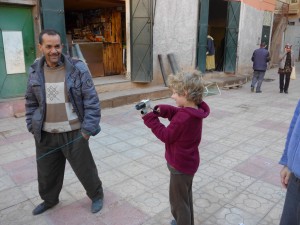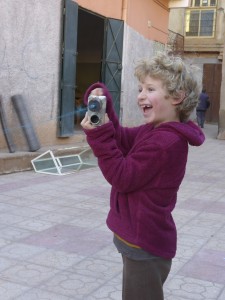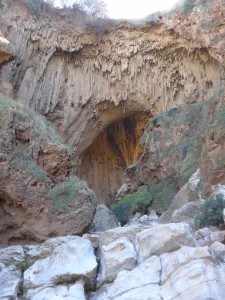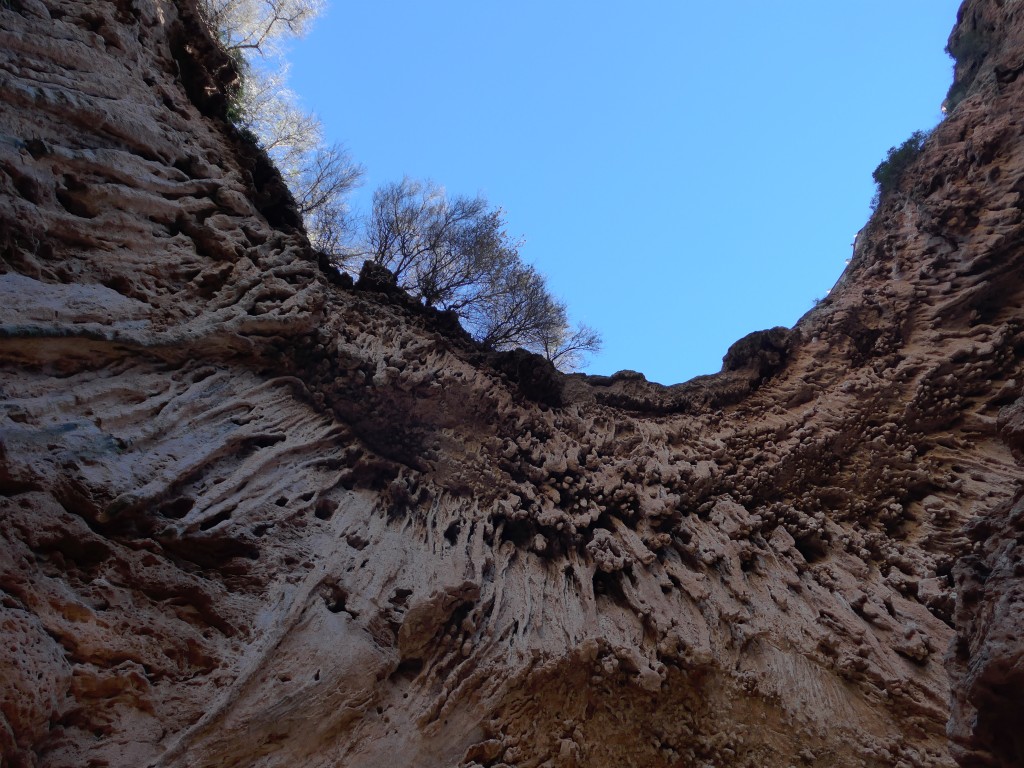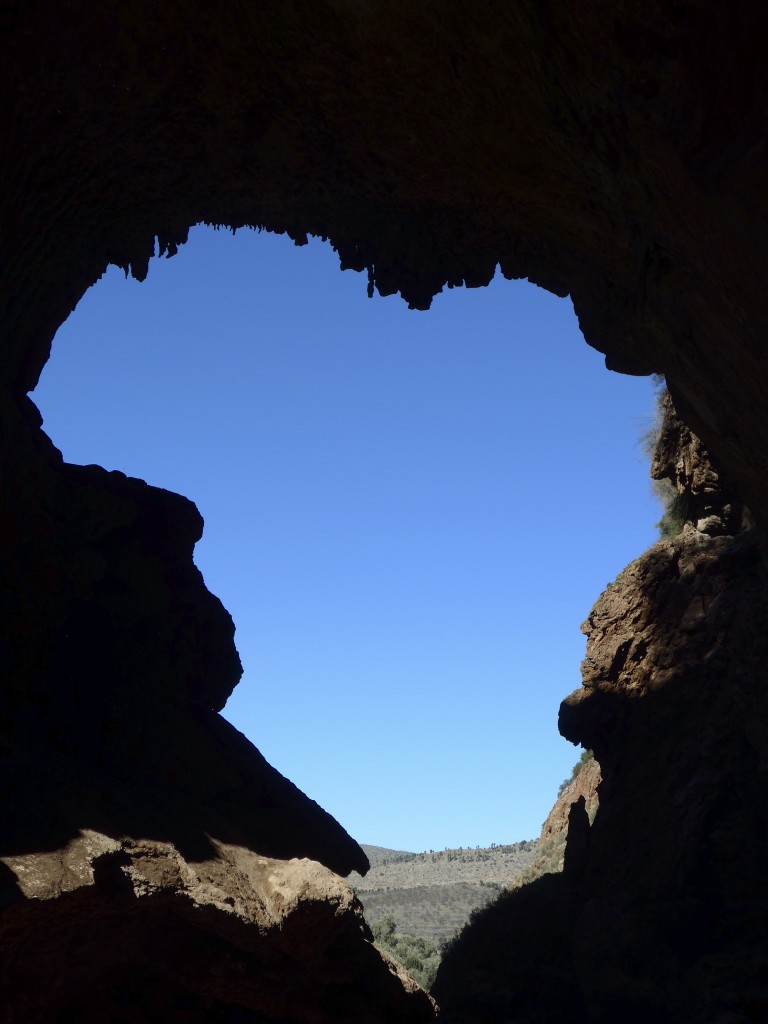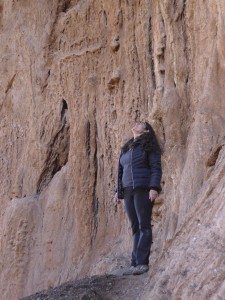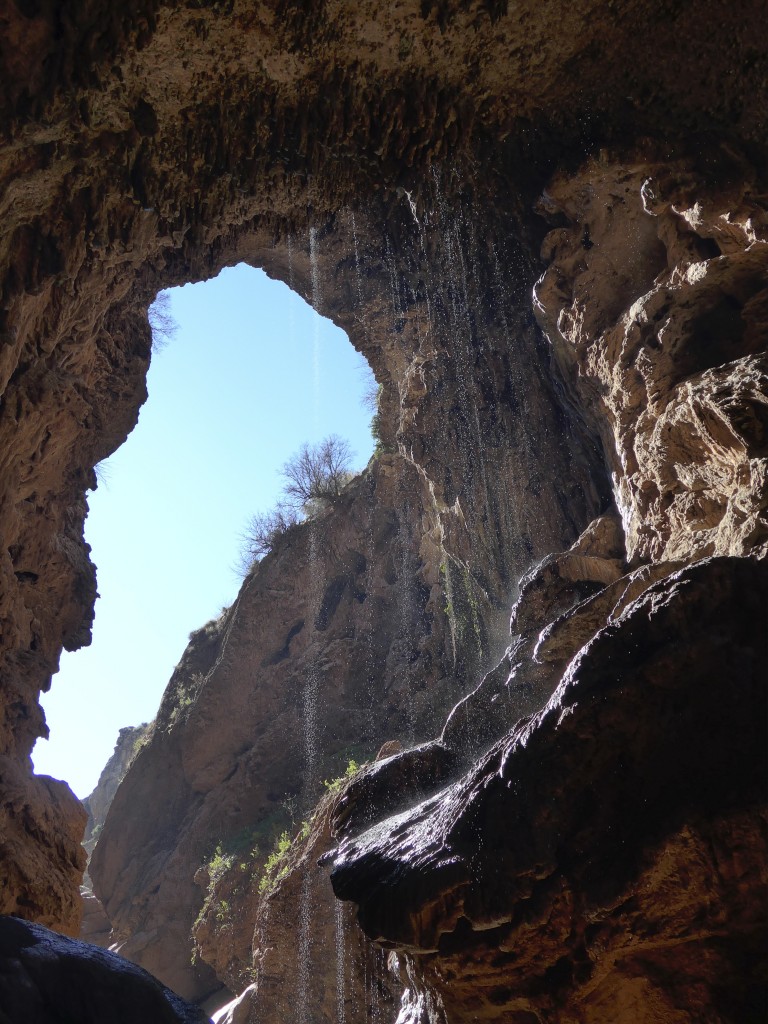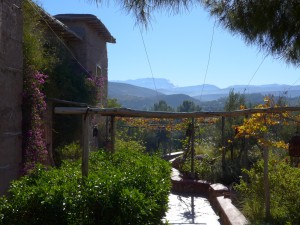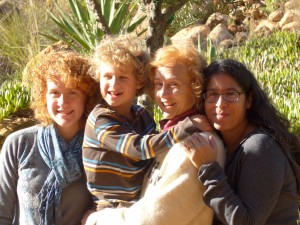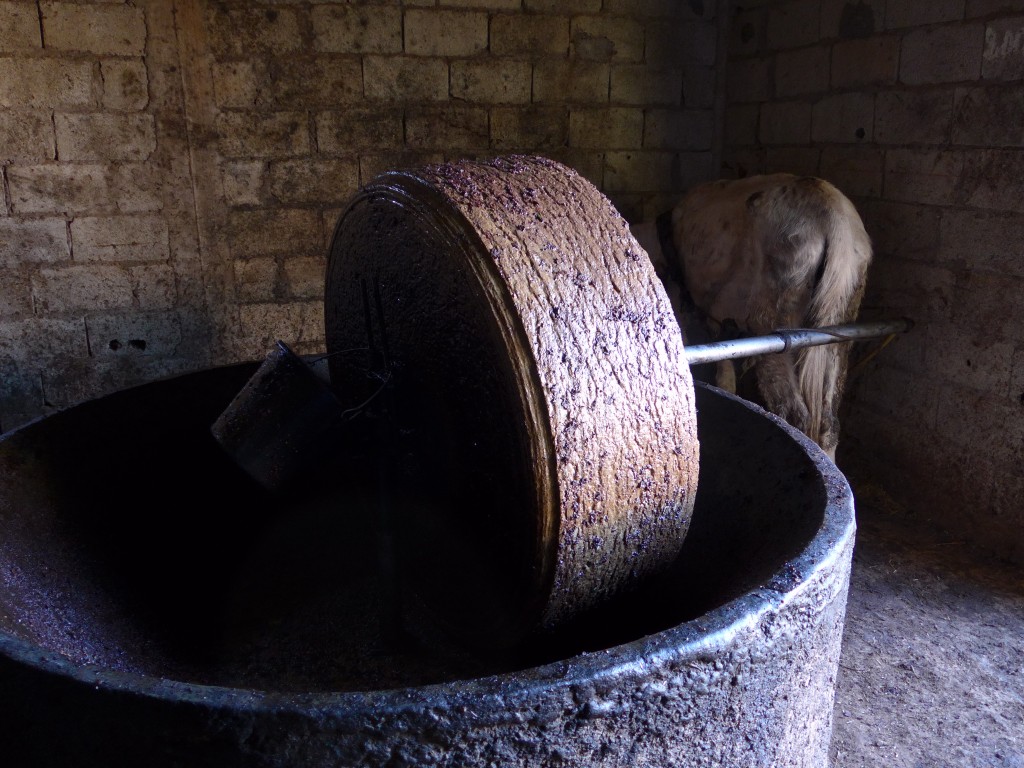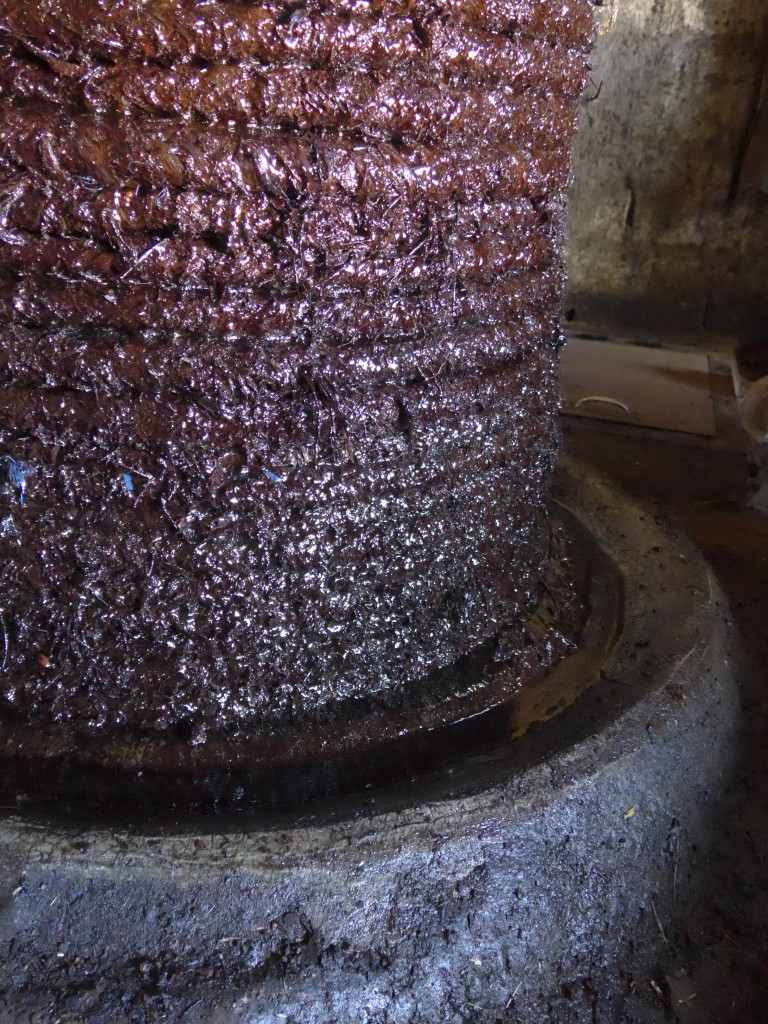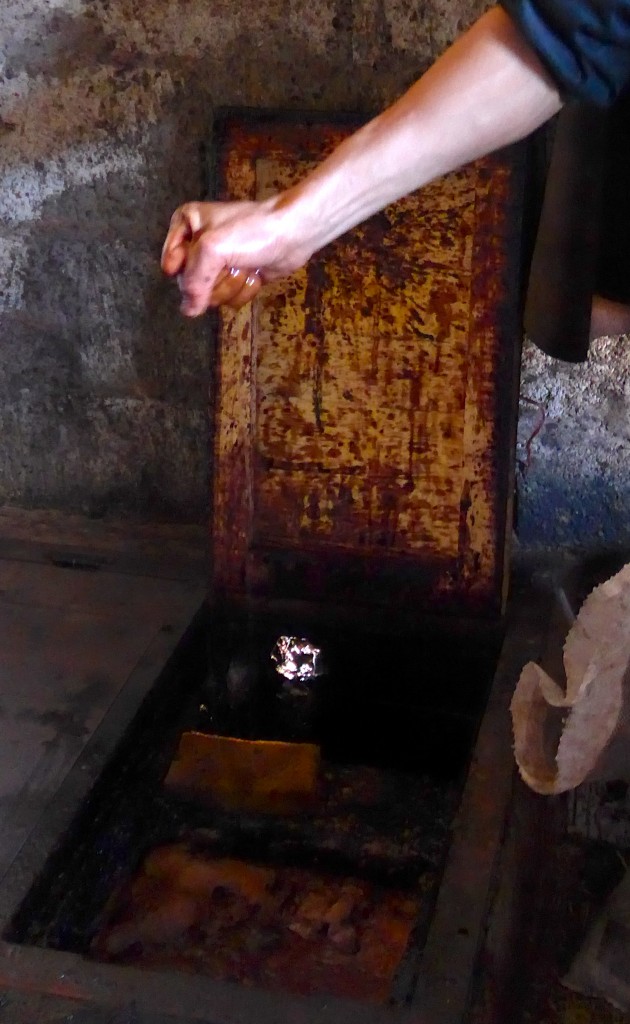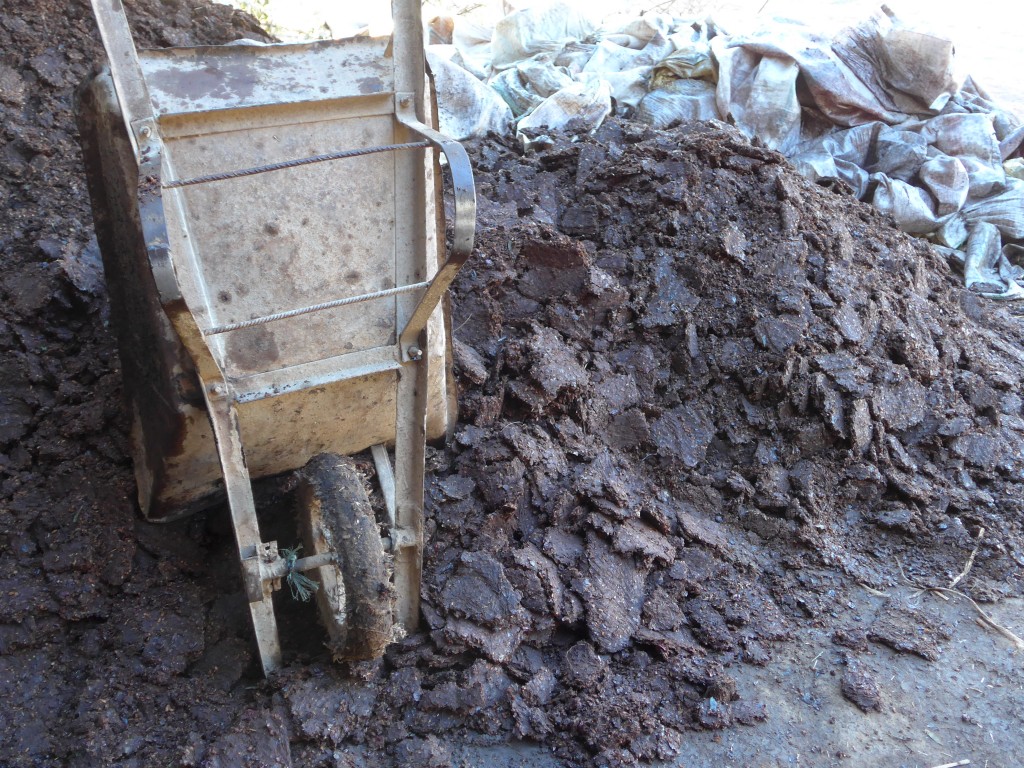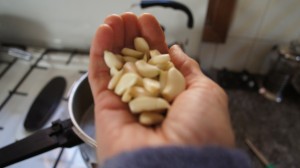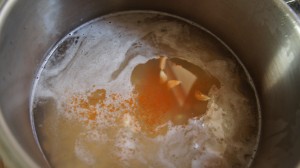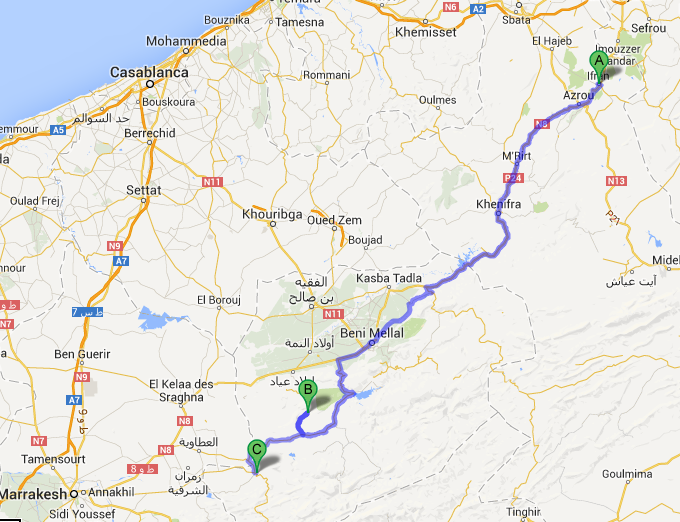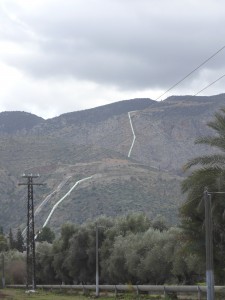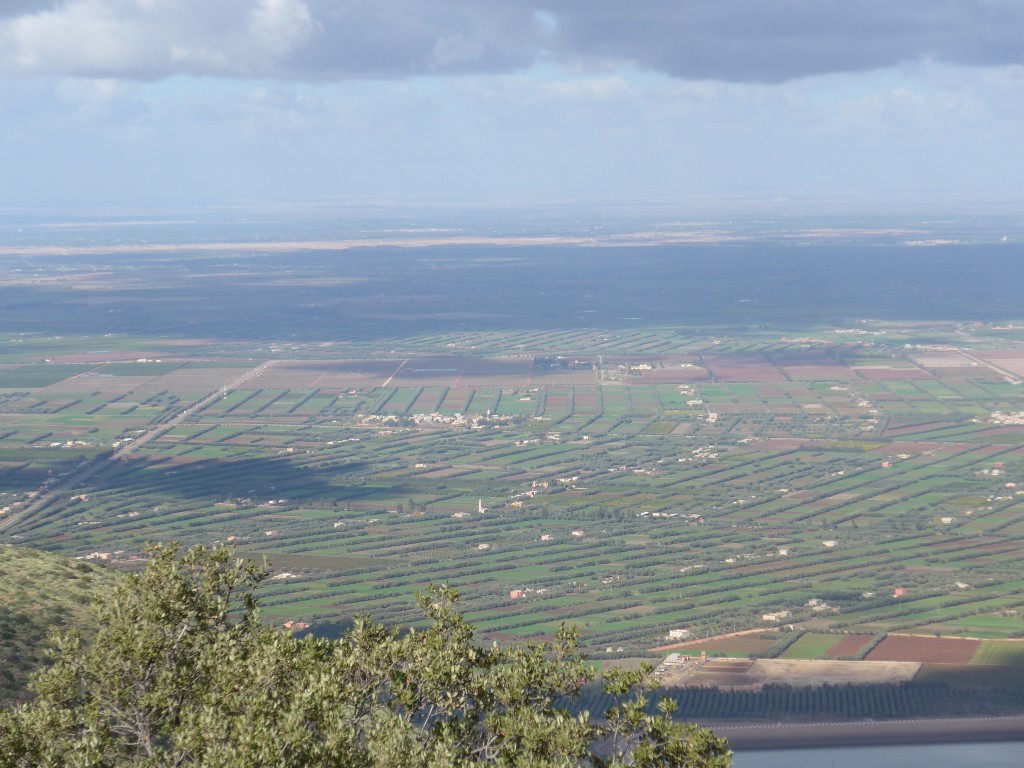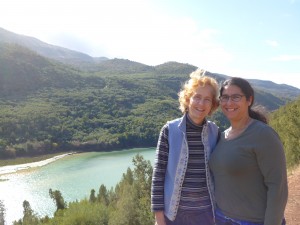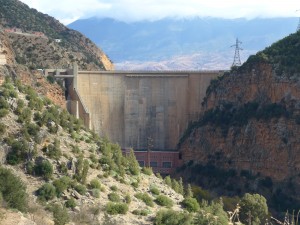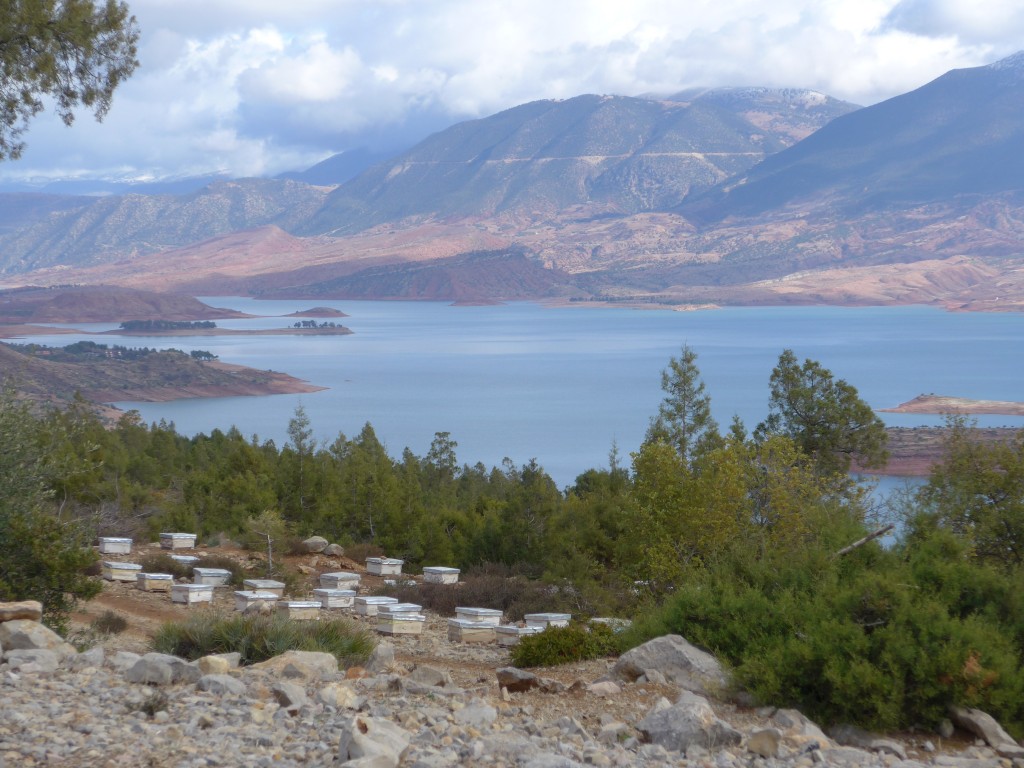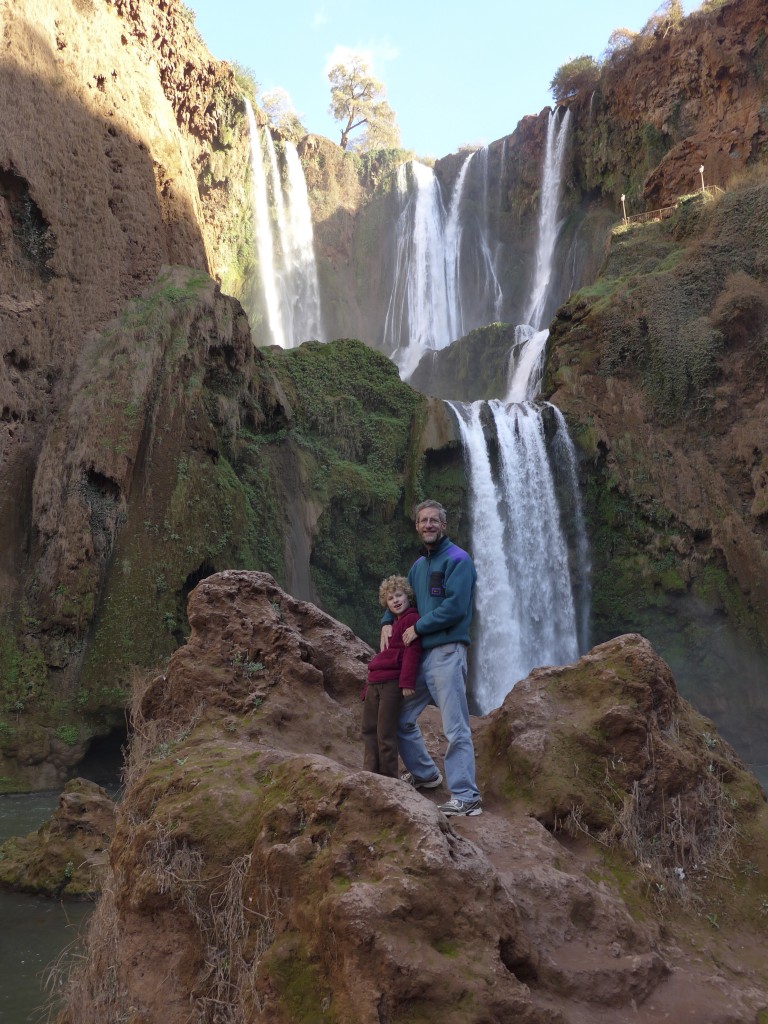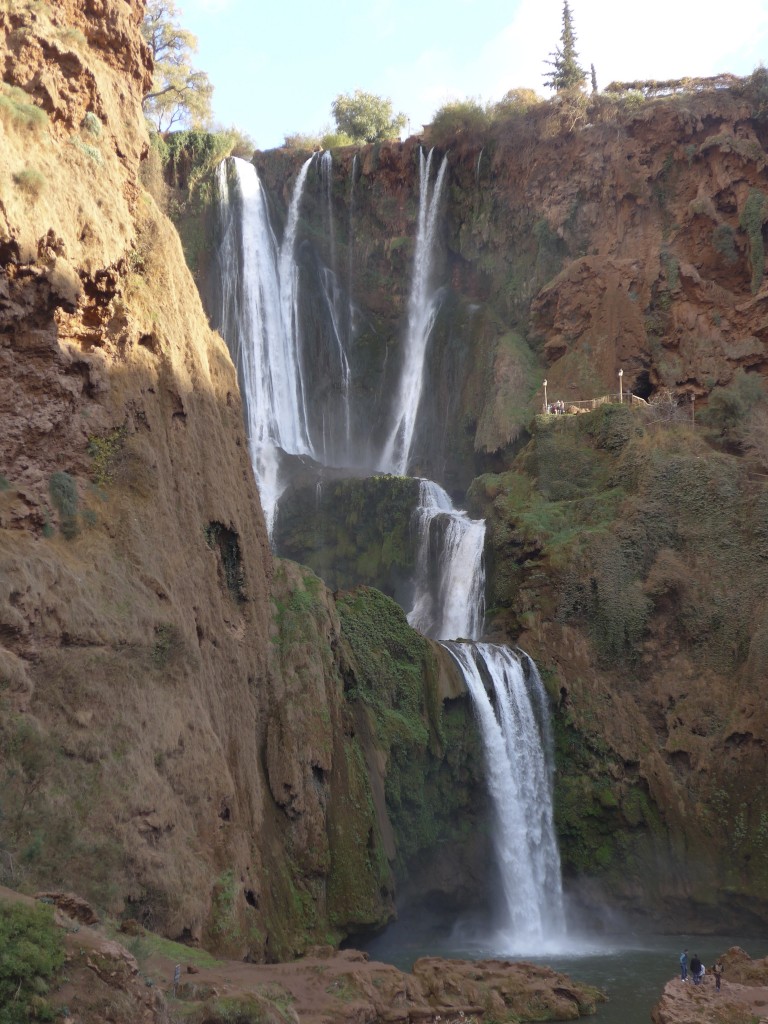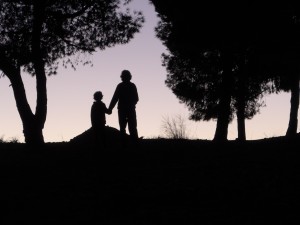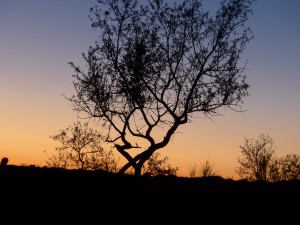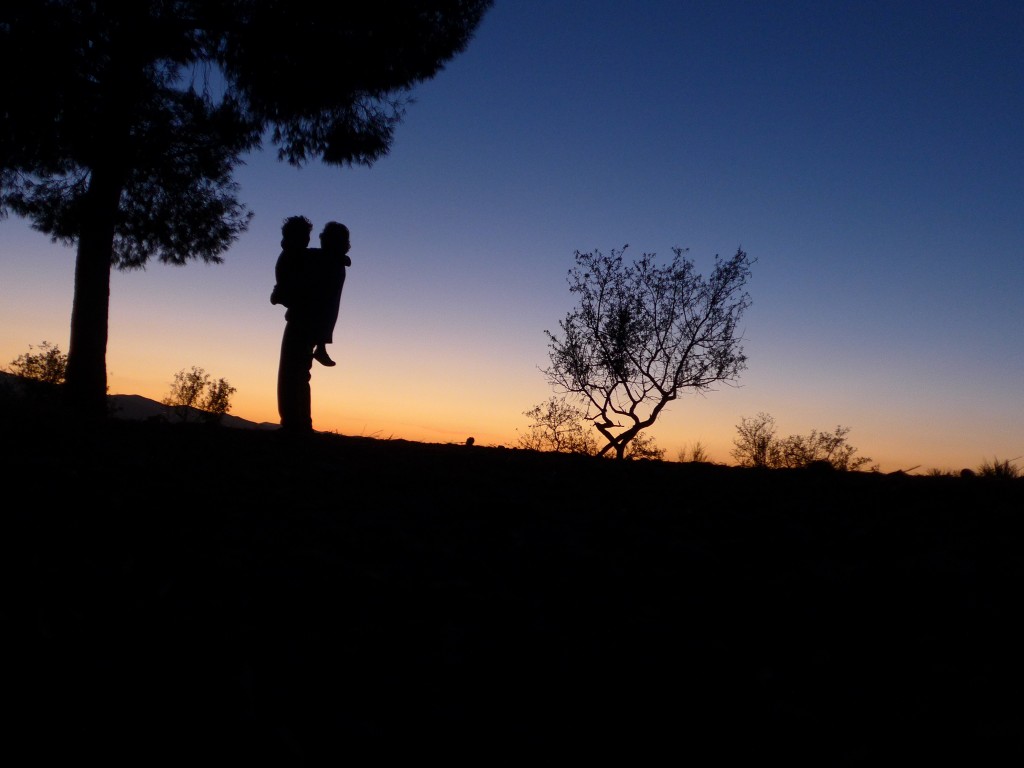Jeremy couldn’t stand being so near the sea without actually getting wet, so the morning we left Essaouira, he and I spent an hour or so paddling in the waves. Of course he made friends with some older boys who were doing pretty much the same, and they held his hands and took him deeper than I was willing to go.
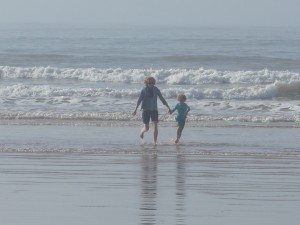

Meanwhile, James and Zoe wandered back through Essaouira. For a man who hates fish, J takes a lot of photos of fishermen.
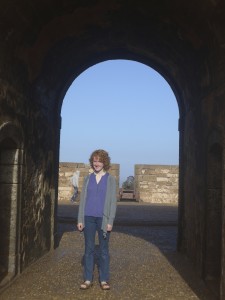
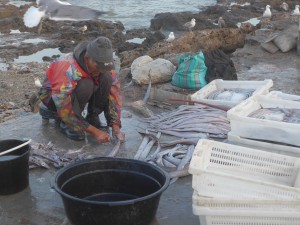
On the road out of town, we spotted some of the famous goats-in-argan-trees, but Nancy and Jeff, driving toward Marrakesh, had the full treatment. “I swear,” said Nancy, those men must take the goats to the roadside every morning and lay in wait for tourists. No sooner had we stopped the car than one of the men grabbed a kid and plunked it in my arms. Then they ushered us over for a photo. It’s quite the operation!”


More seriously, driving south, we were worried by what looked like the effects of many years of drought.
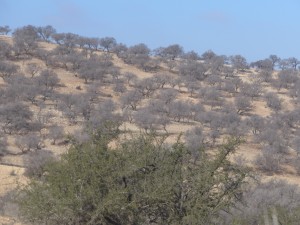
Still, overall, the coast was gorgeous.

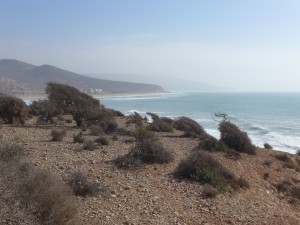
We stopped for a PJ-style picnic, sheltering in the non-existent shade of a prickly tree, while Jeremy pleaded for an opportunity to clamber down to the sea.
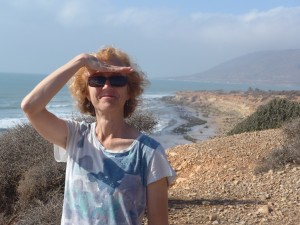
Agadir itself was not our kind of place.
Rebuilt after an earthquake, it’s mostly concrete. We stopped at the Marjane to get J a replacement pair of trousers, and between the slow road to Marjane and the excruciatingly slow road between Agadir and Taroudannt, we were all pretty stir-crazy by the time we arrived in Taroudannt.
Taroudannt:
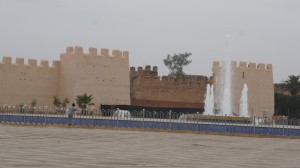
We must have driven past this fountain three or four times, having made the mistake of asking the gendarme at the main roundabout for directions. (Note to self: never expect local gendarmes to know where anything is. Why is that?)
Eventually, we found our way to the “English house” where we spent the night. Despite the fact that it served as a kind of early capital both for the Almoravids and for the Saadians before they moved their capital to Marrakesh, the town is more a busy industrial/ mercantile center than a tourist center, though the famous walls were indeed beautiful in the evening light.
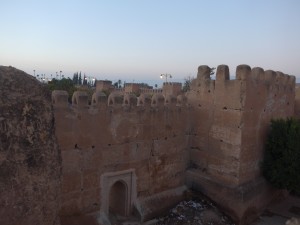
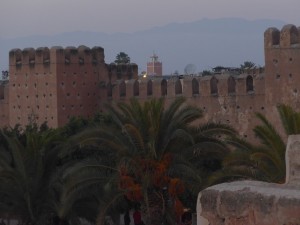
From the top of the walls, we could look down on the local pick-up soccer game happening just inside the main gates:
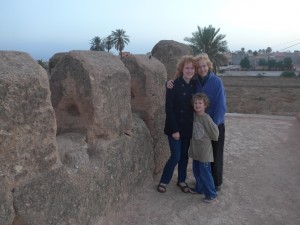
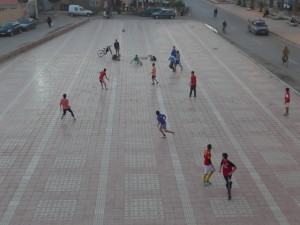
We splurged on a calèche ride through the gathering dark, down to the square known as the mini Djemma el Fna. Here it was easier than in Marrakesh to see three storytellers, with their wares spread out in front of them: feathers, ostrich eggs, and so on. We couldn’t get close enough to hear the stories well, and the audiences (the halqa, or the story circle) were all male. If we’d had more energy, I would have sent J back after dinner to try to record some of the stories for us to listen to later.
Women standing in the back of a pick-up truck flirted with Jeremy as James negotiated another calèche ride back to the guesthouse. Starting price: 50d. Ending price: 12 d.
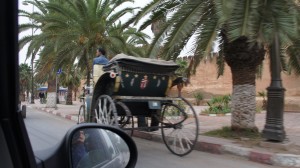
I really wanted to drive north through the mountains to see the Tin Mal mosque, but poor Zoe finally succumbed to a stomach bug; she spent most of the night being sick, so we spent the day driving north on the motorways, most of the way through the rain. Outside Rabat, we became one of the statistics making Morocco home of the second-highest number of traffic accidents in the world (according to Wiki-travel): we were rear-ended by a woman driving too quickly as traffic slowed for a previous accident. Her car suffered more than ours.
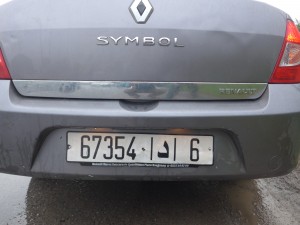

(While we exchanged details with the woman who hit us, another fender-bender took place in the middle of the three lanes of traffic: those two drivers just left their cars in the middle lane and negotiated things in the midst of traffic.)
We arrived home in time to enjoy (the next day) a light snowfall in the Ras el Ma (headwater) outside Ifrane.

New Years Eve we went into Fez to spend the evening with Jeff and Nancy, touring the Jewish cemetery (with its story of a young woman killed for refusing the advances of the governor of Tangier)
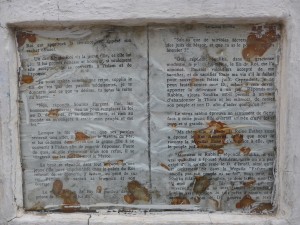
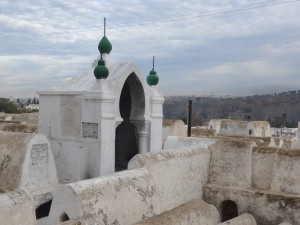
the temple, with its Torah scroll, its ritual bathing pool,
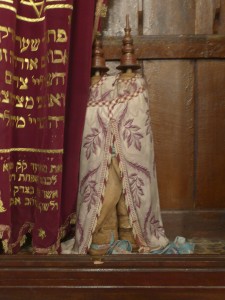
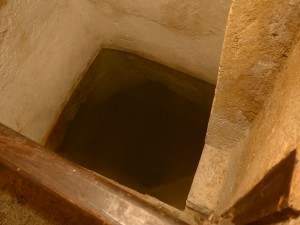
its subtly different zellij and plasterwork.
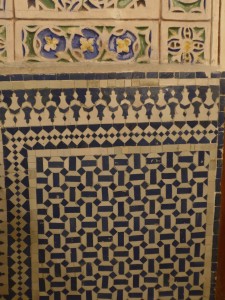
We ate pizza with Jeff and Nancy at the Riad Larroussa, meeting the French proprietor Fred (of whom more later) and his American wife Kathy and their posse of children (Jeremy dragged me off into their private quarters, and Kathy and the children were all charming to us). We spent the night in the separate riad used by Jeff and Nancy during their visit, then bid them a fond farewell.
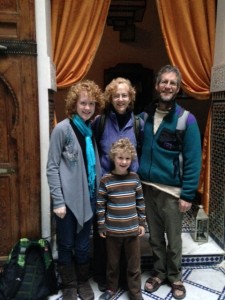
May the coming year teach us as much and as pleasantly as the past year. We have been very very fortunate: Hamdulillah!

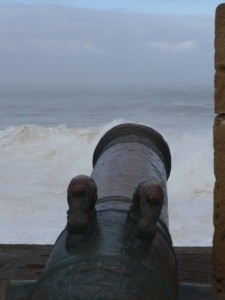
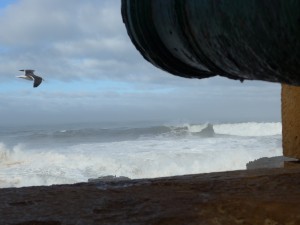
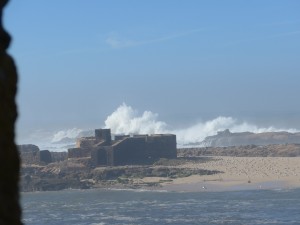
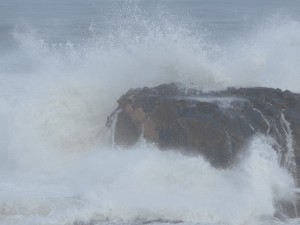
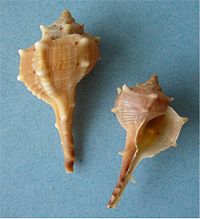

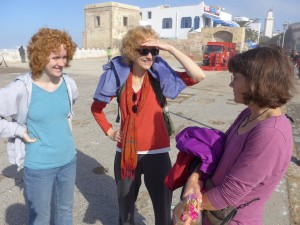

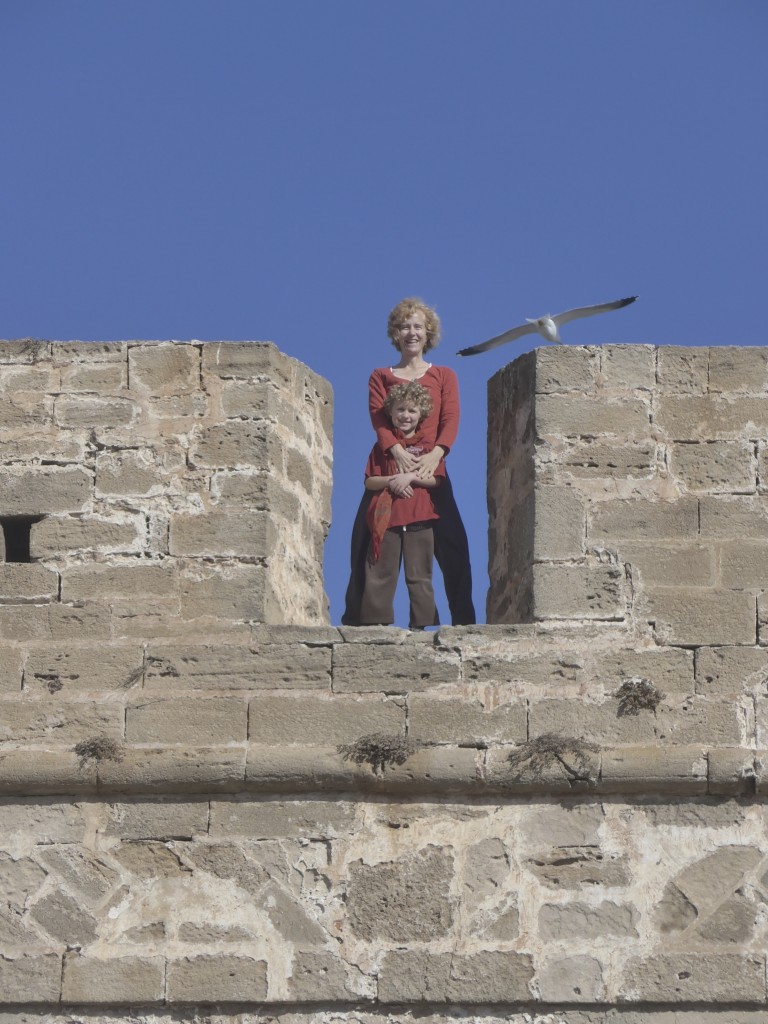
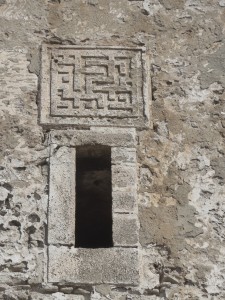

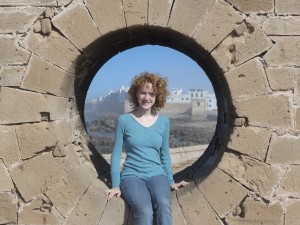
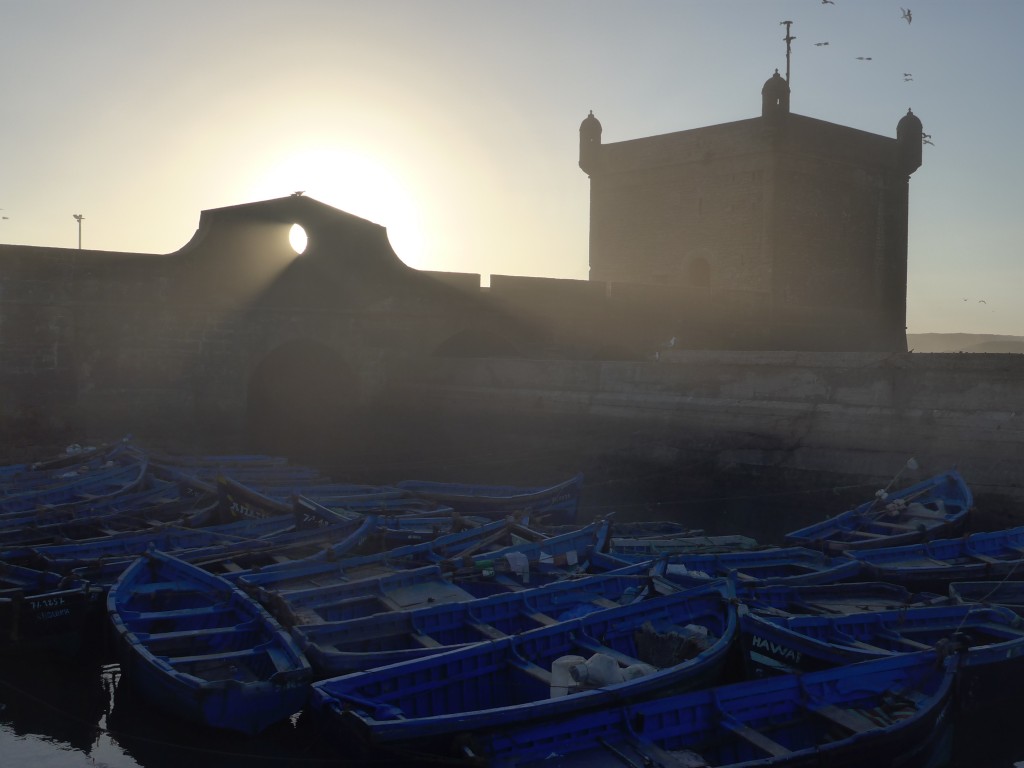


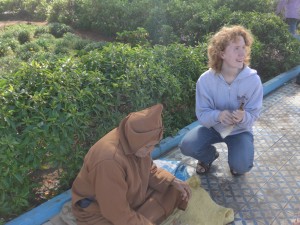

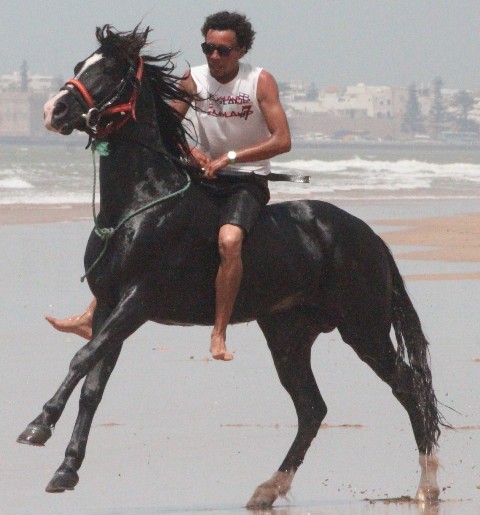
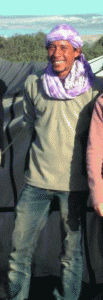 photo Zouina cheval
photo Zouina cheval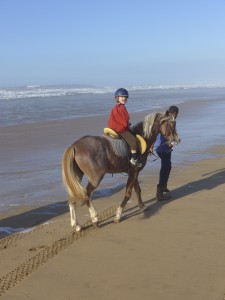

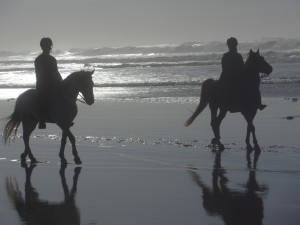
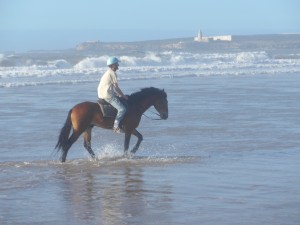
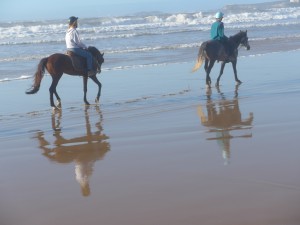

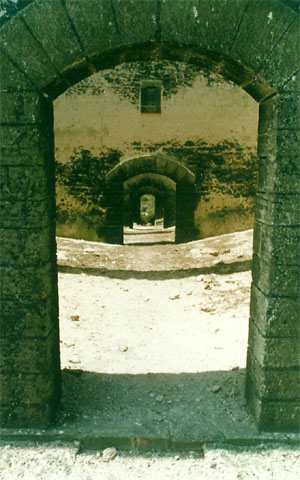
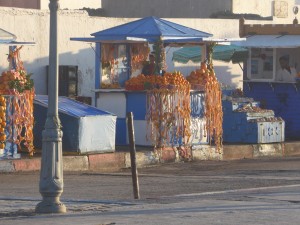
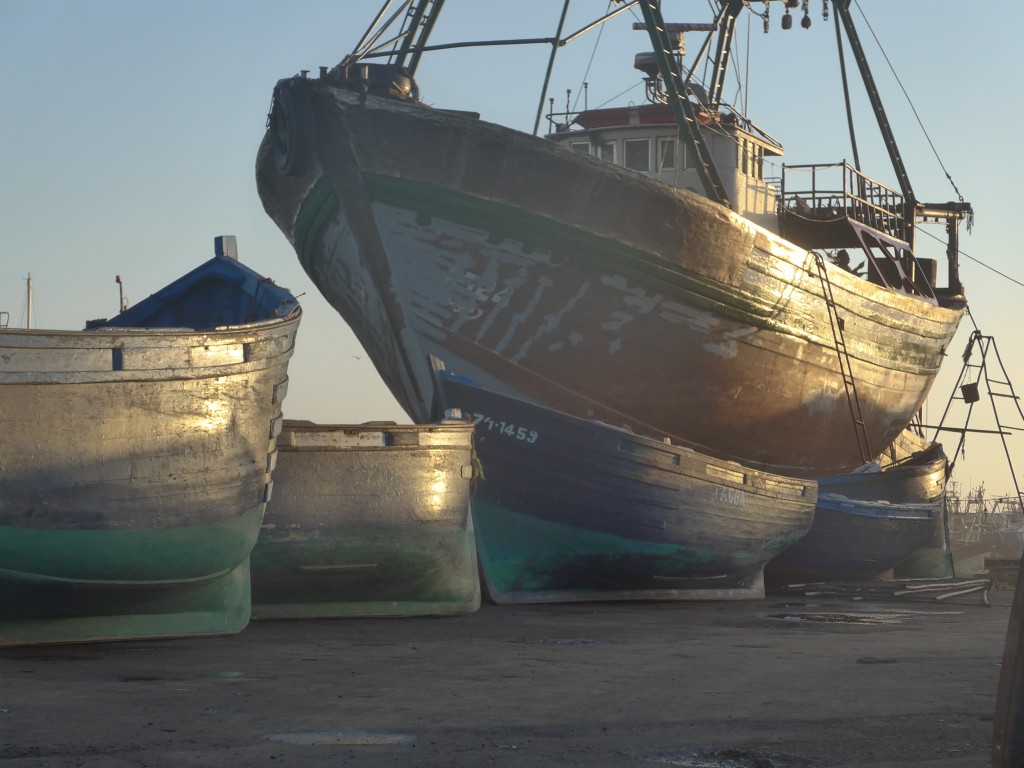
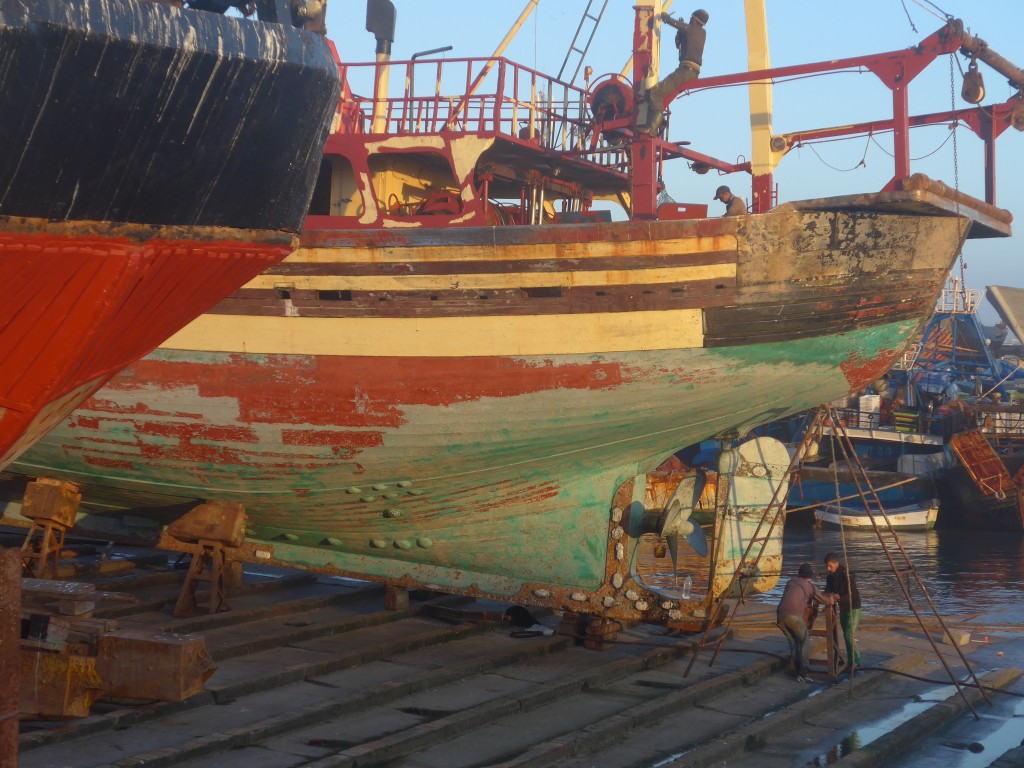
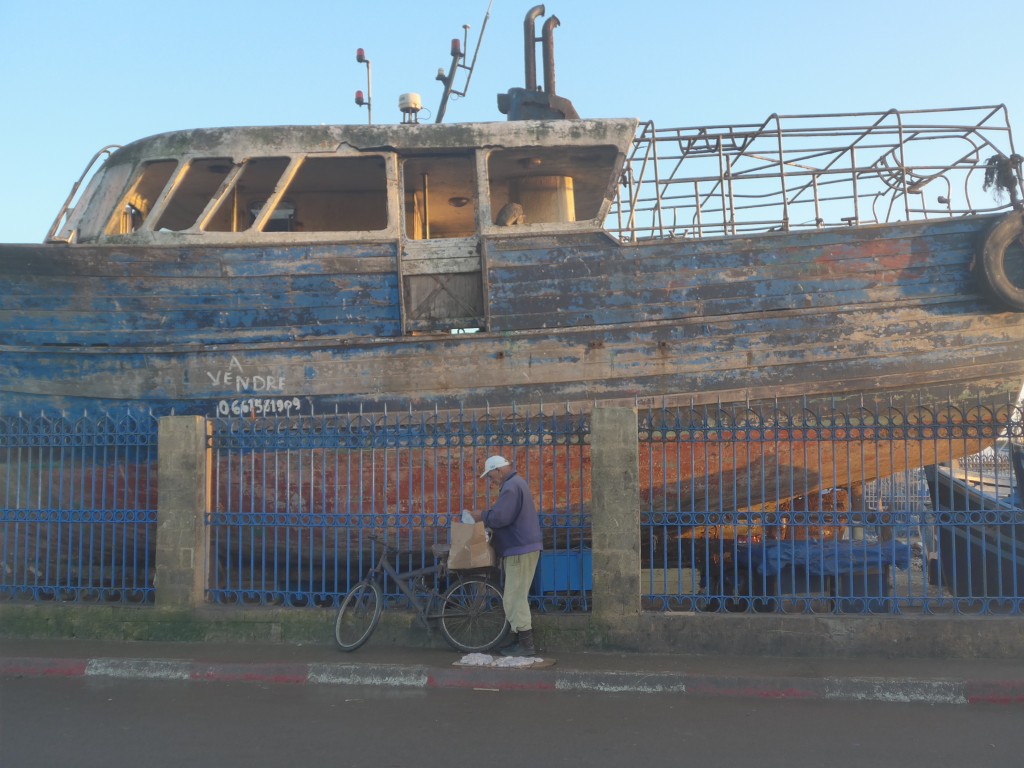
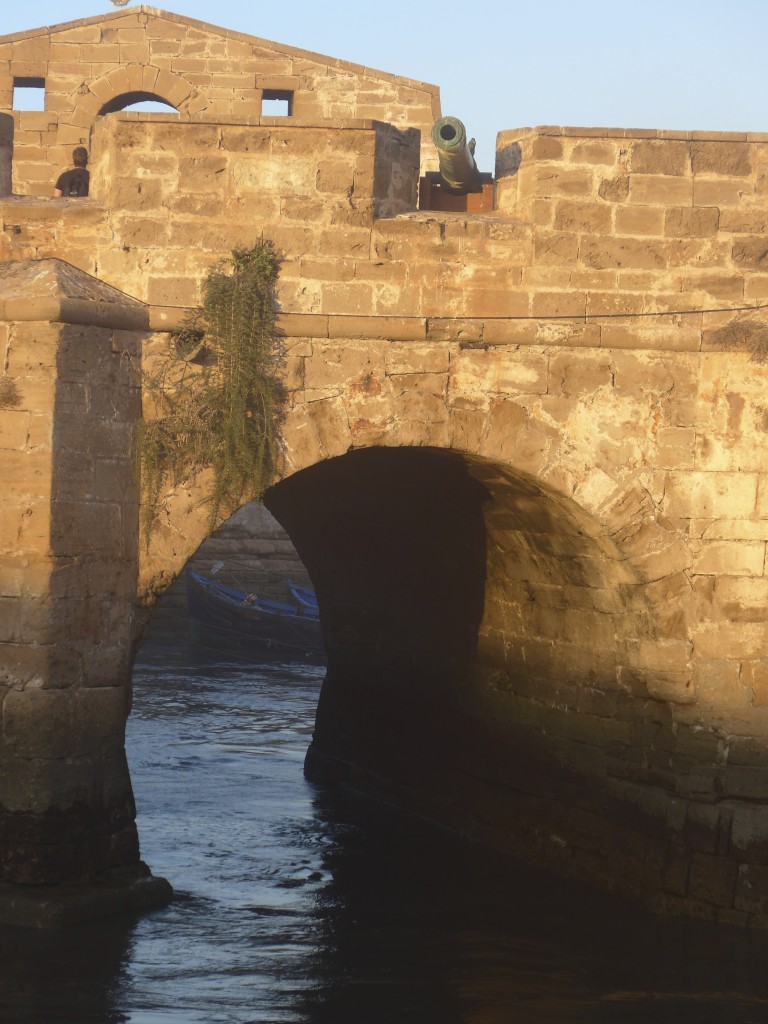
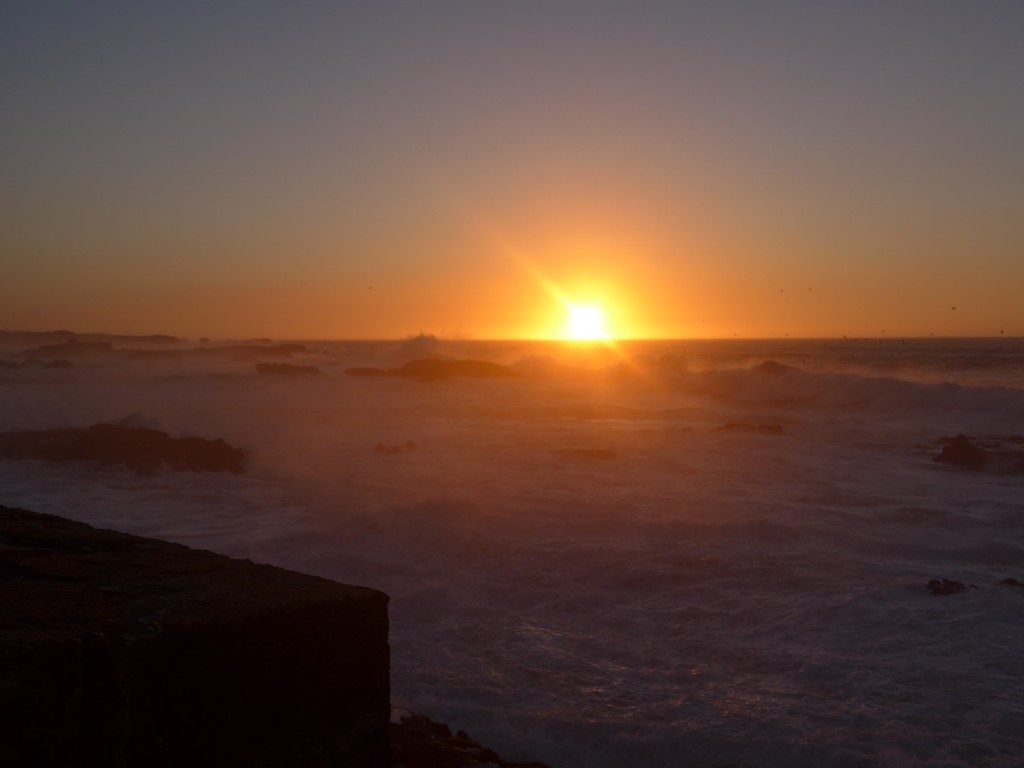
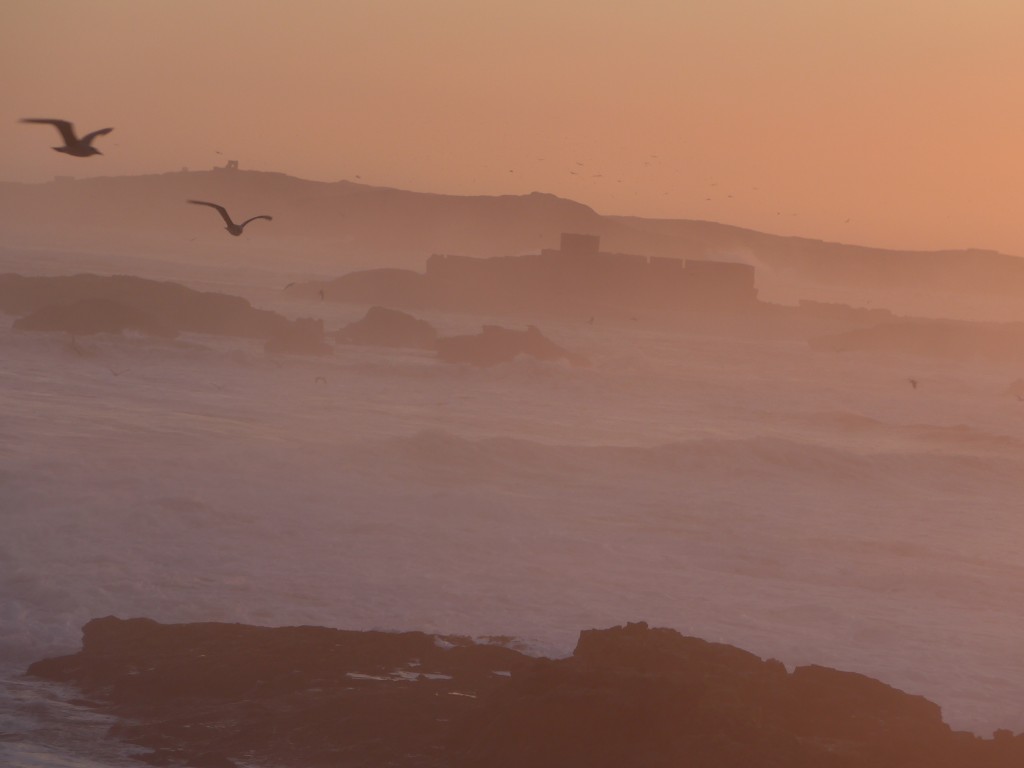

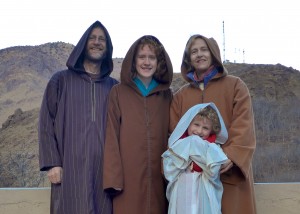
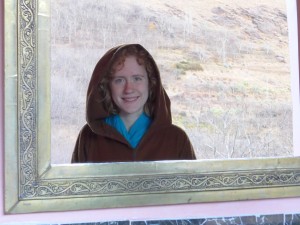
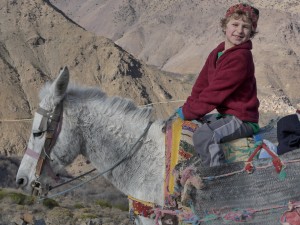


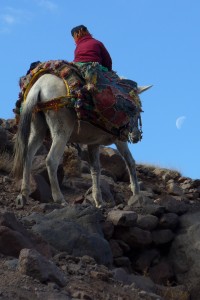
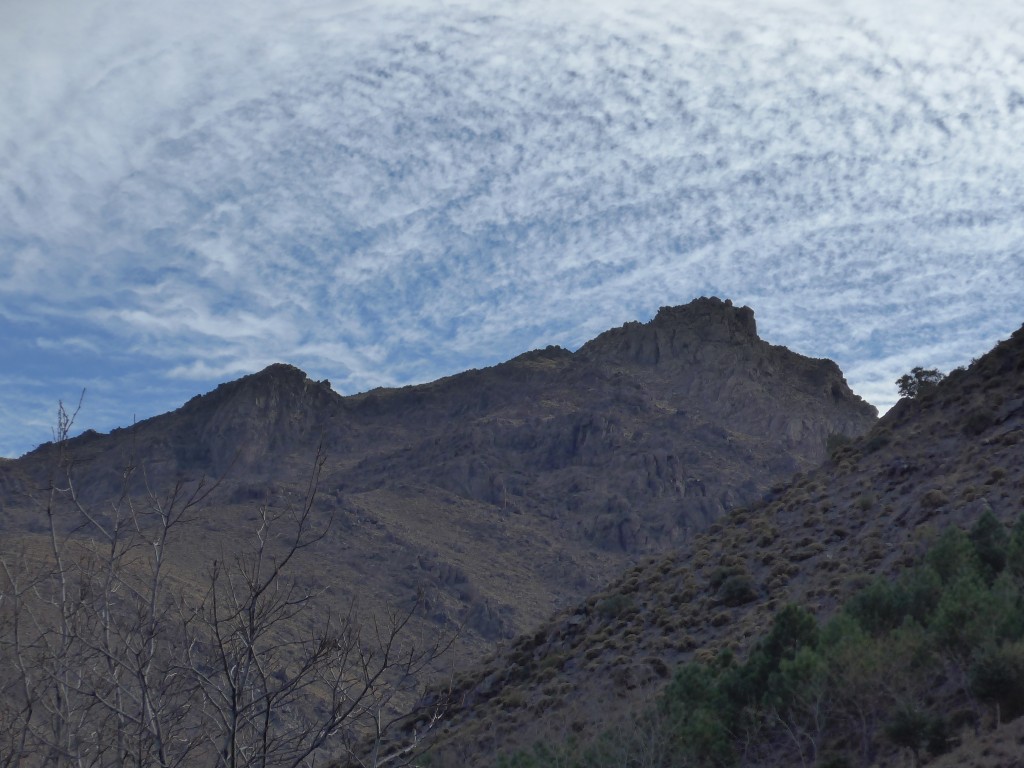
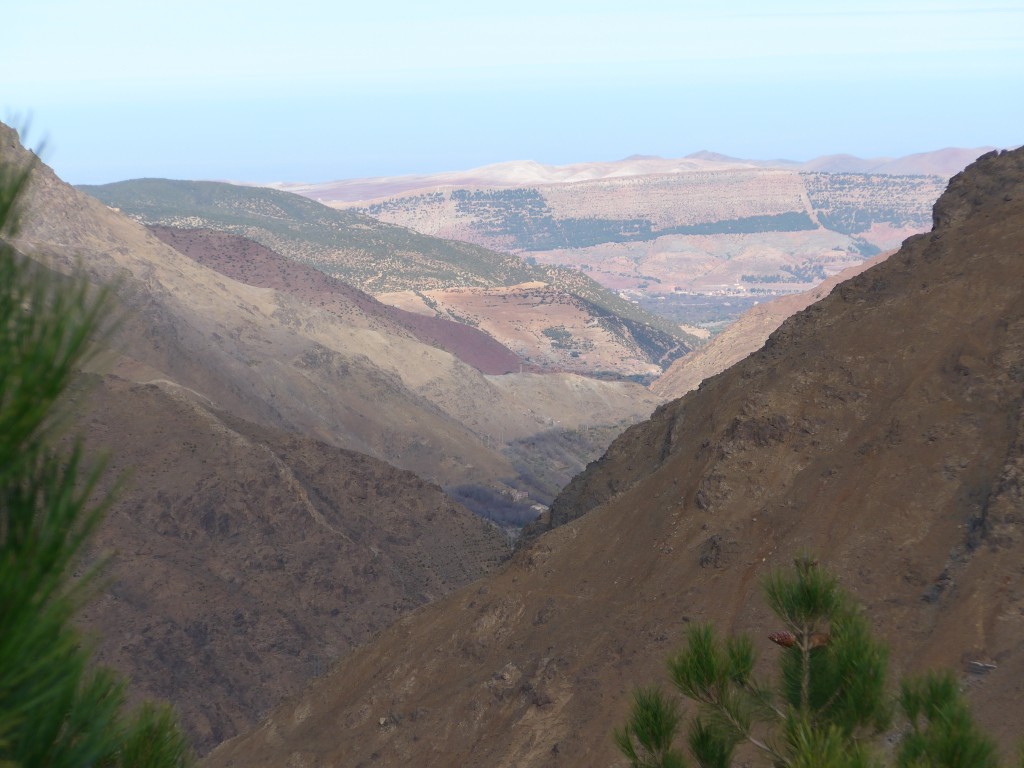
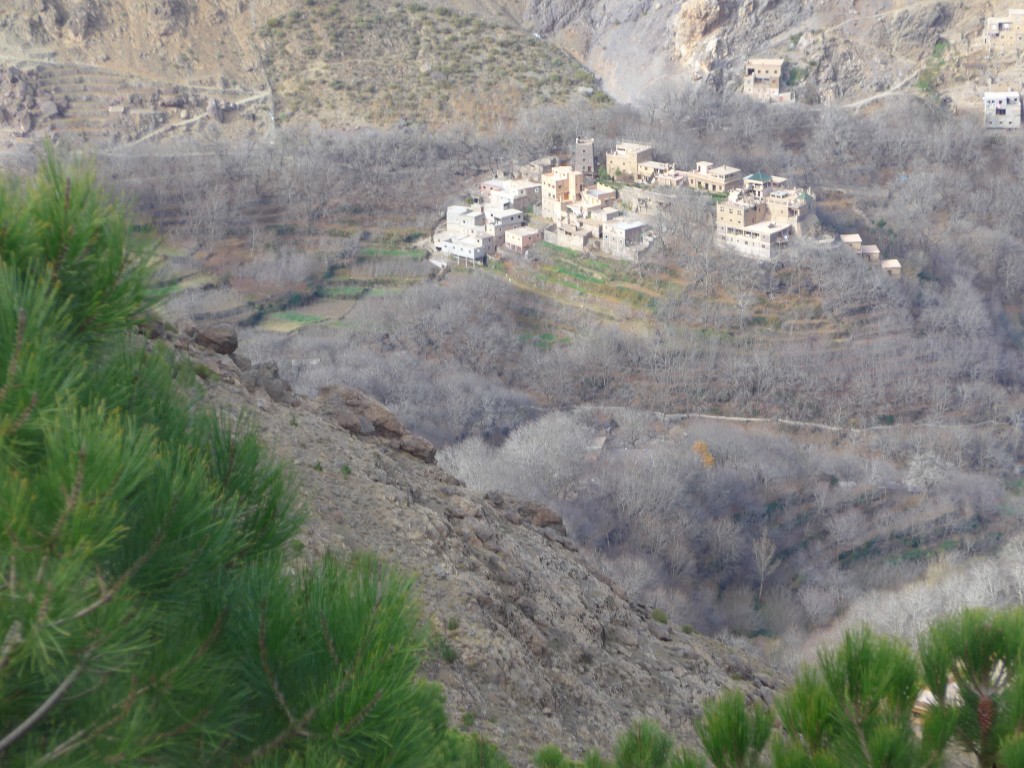
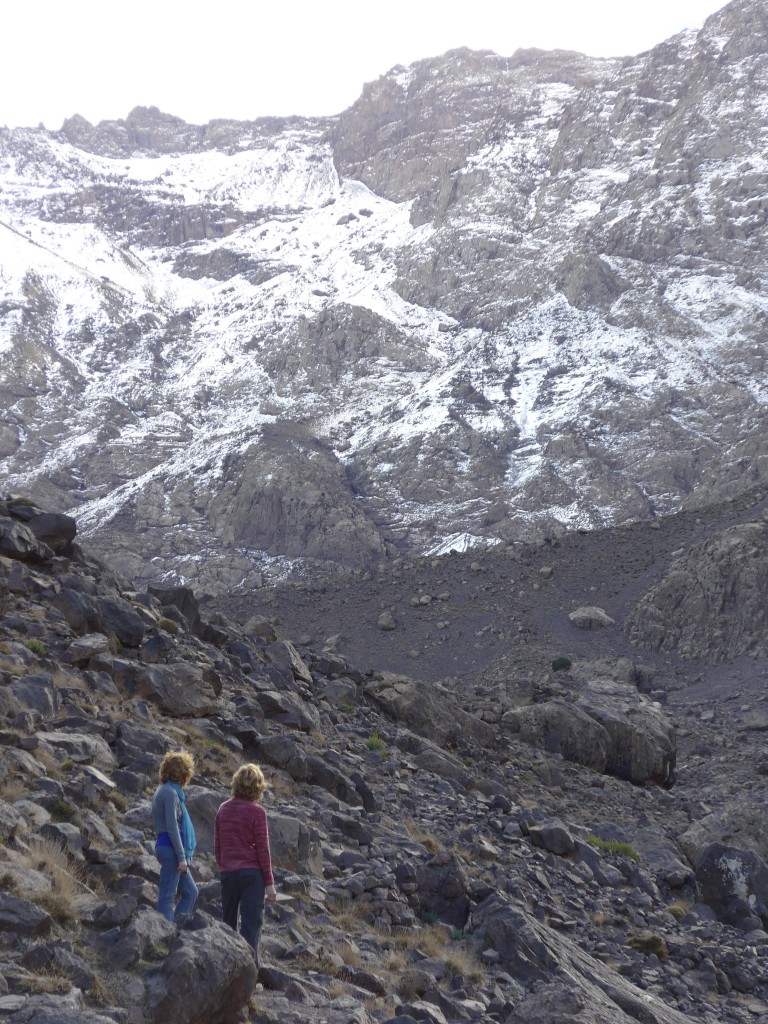
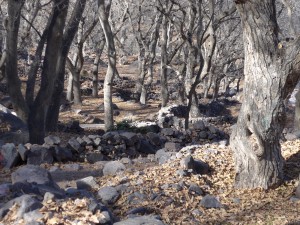
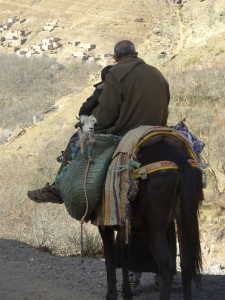
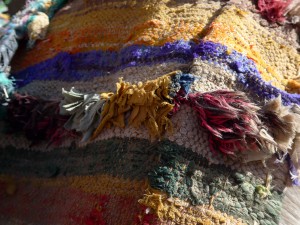
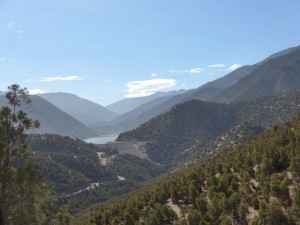
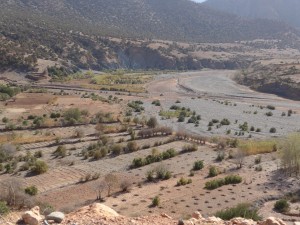
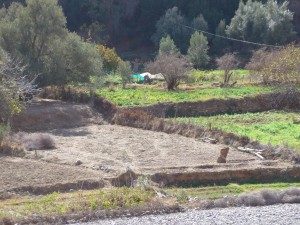
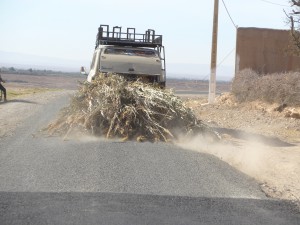
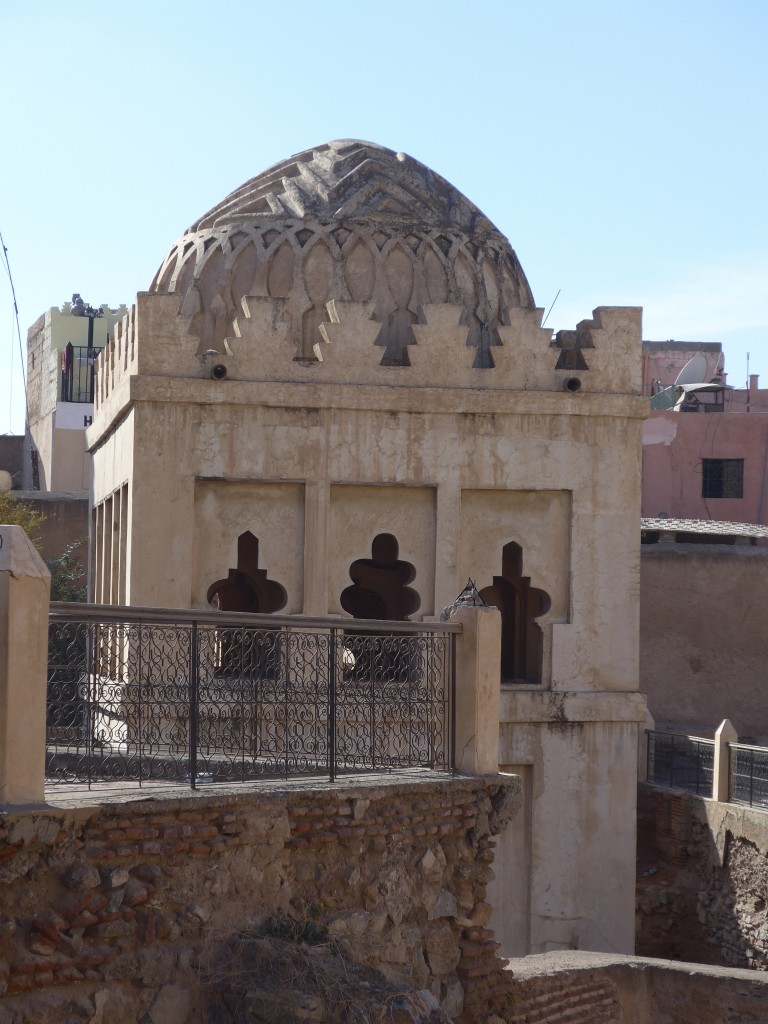
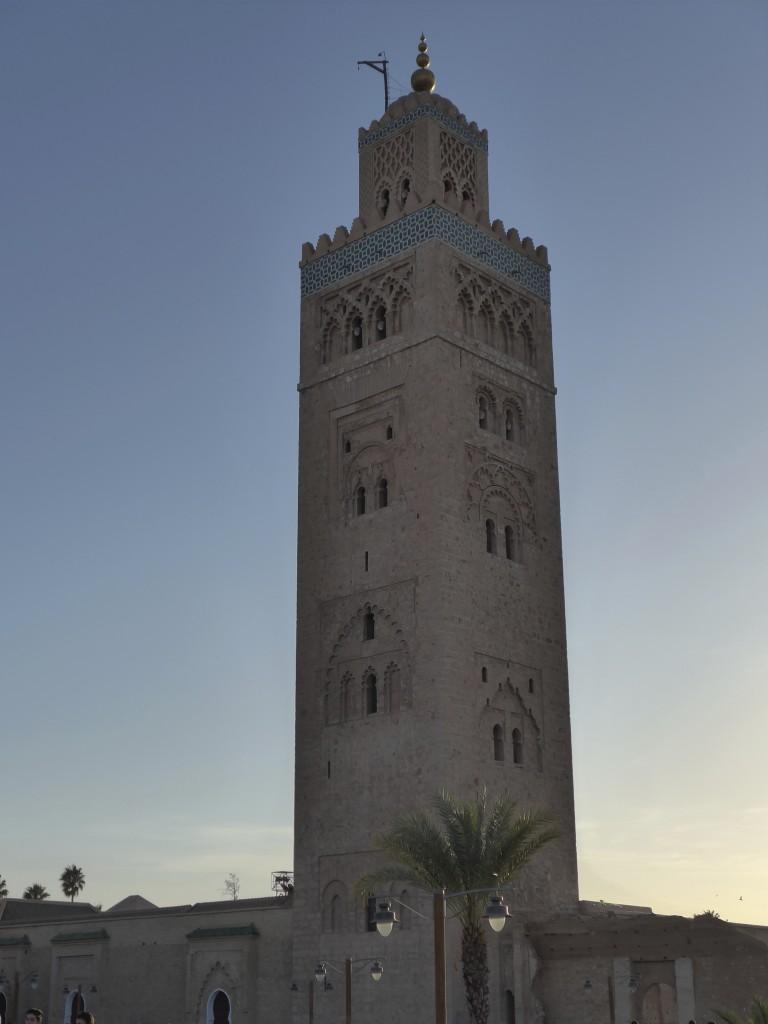

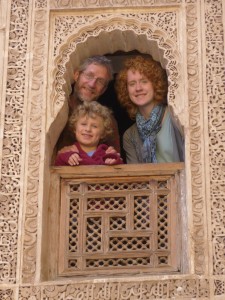

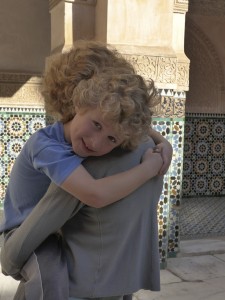
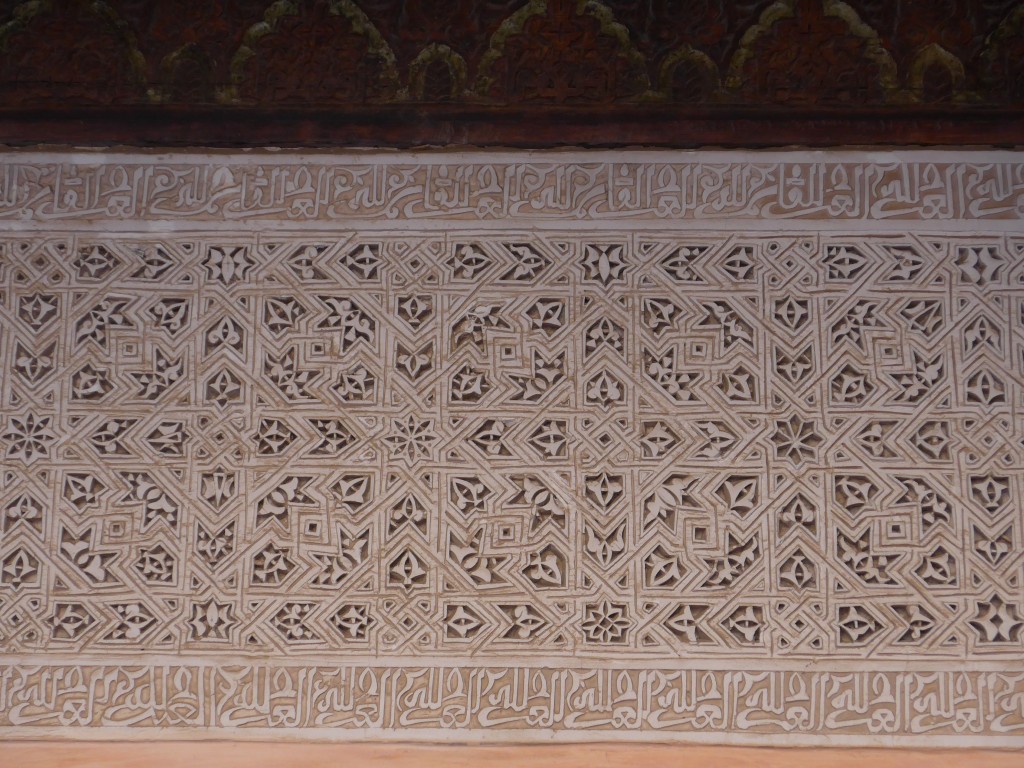
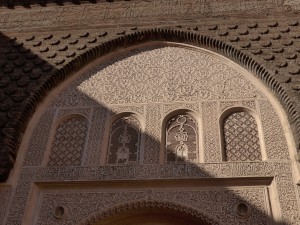
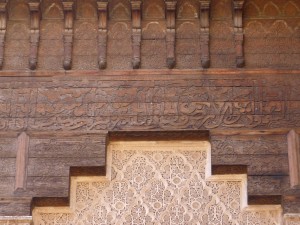

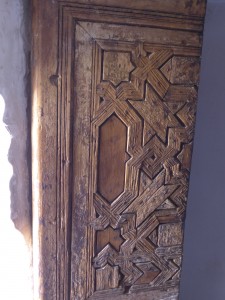
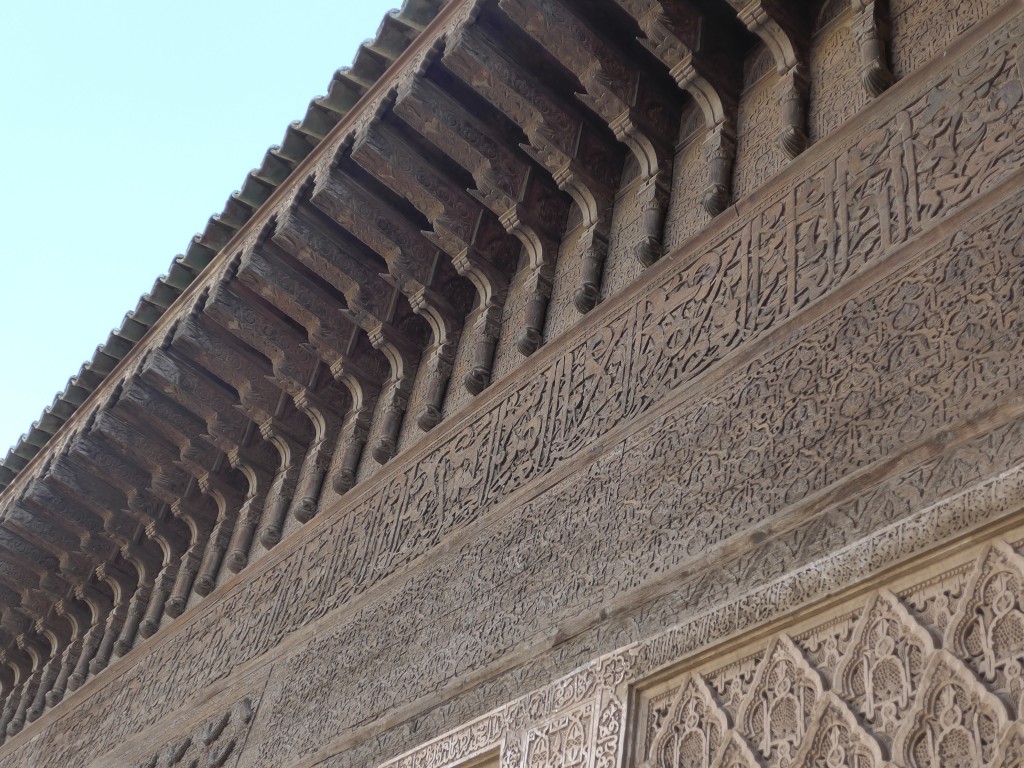

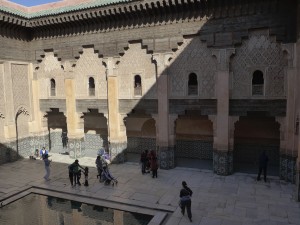
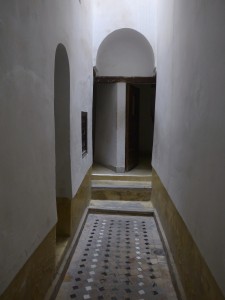
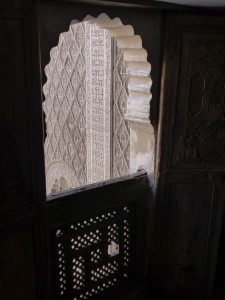
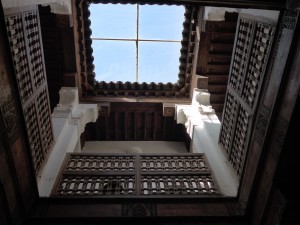
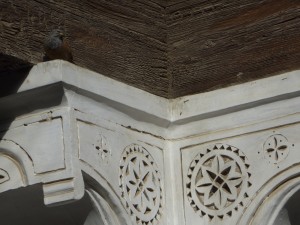 As with the Meknes Bou Inania, you could see that students would have been tightly packed into these rooms.
As with the Meknes Bou Inania, you could see that students would have been tightly packed into these rooms.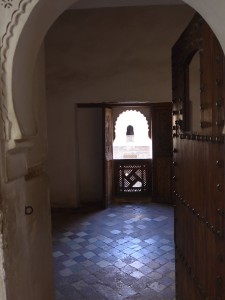
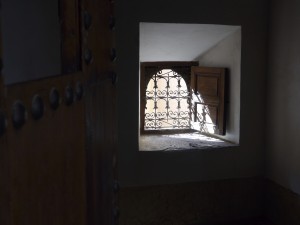
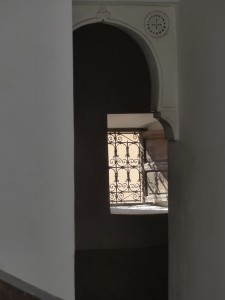
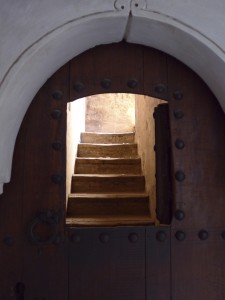
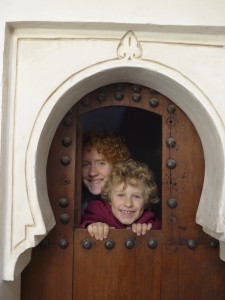
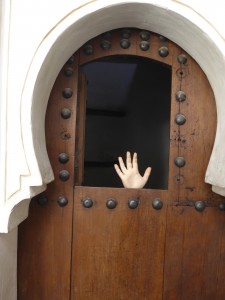
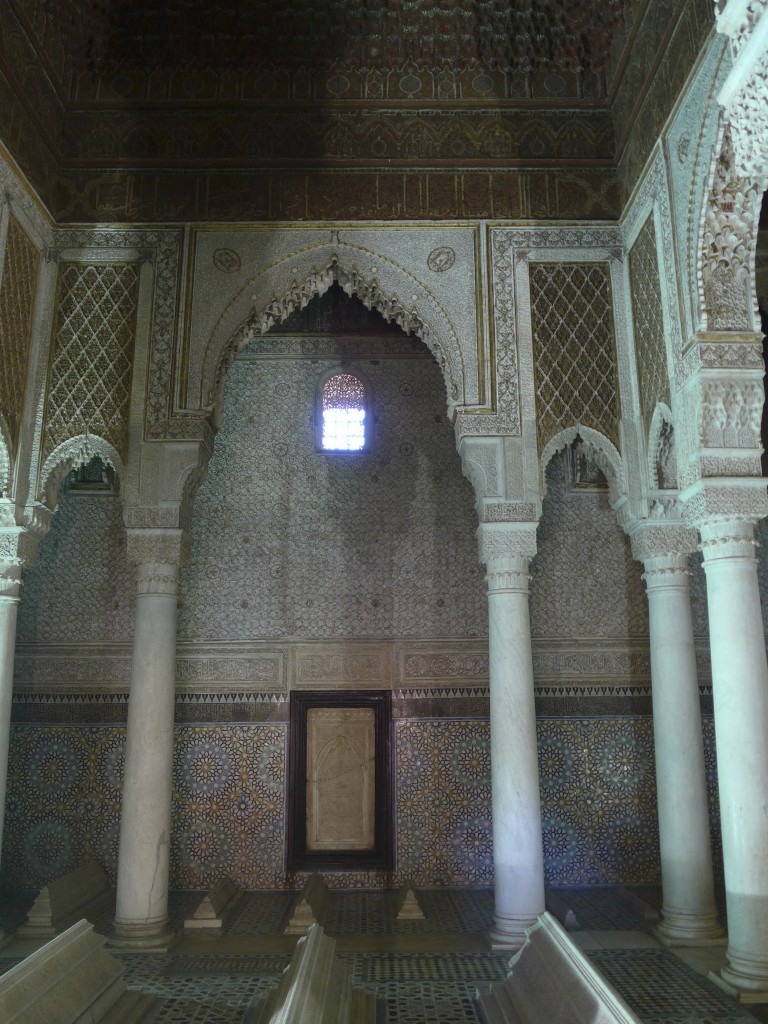
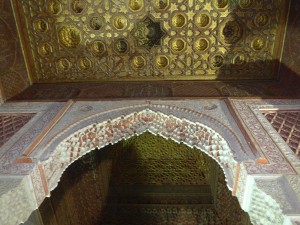
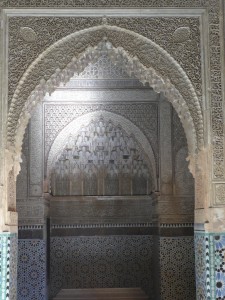
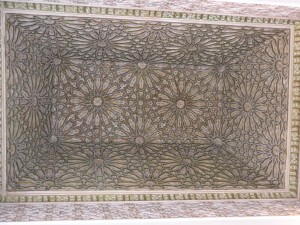
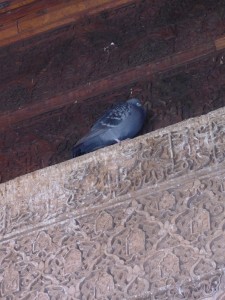

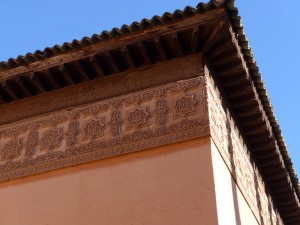
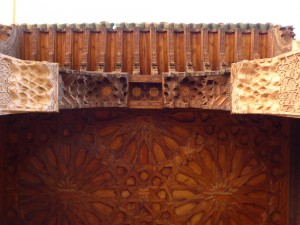
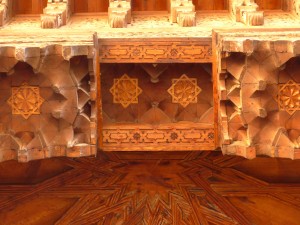

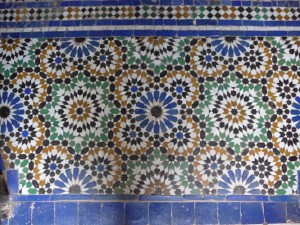
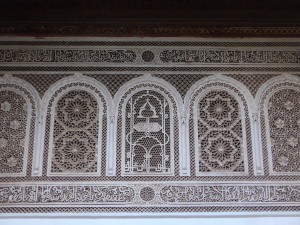
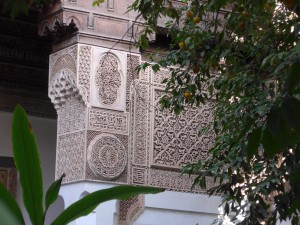
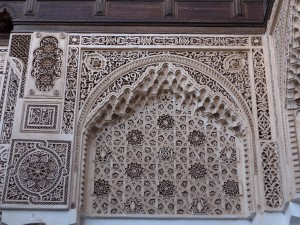
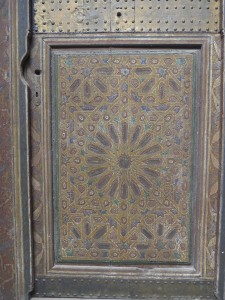
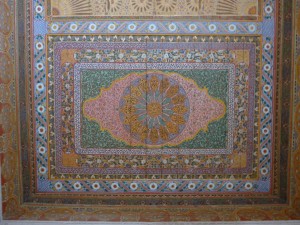
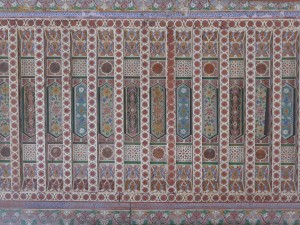
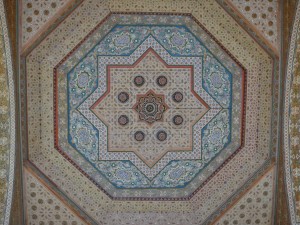

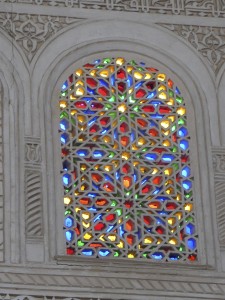
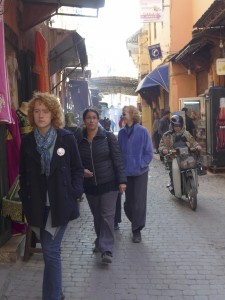
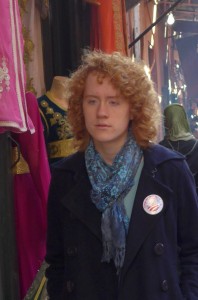
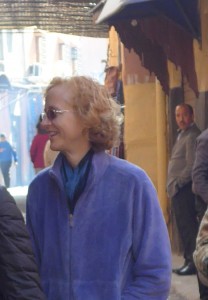
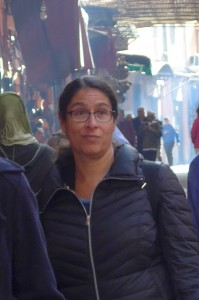
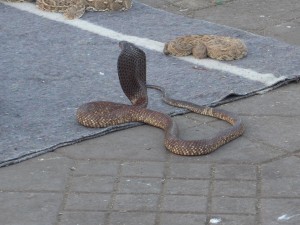
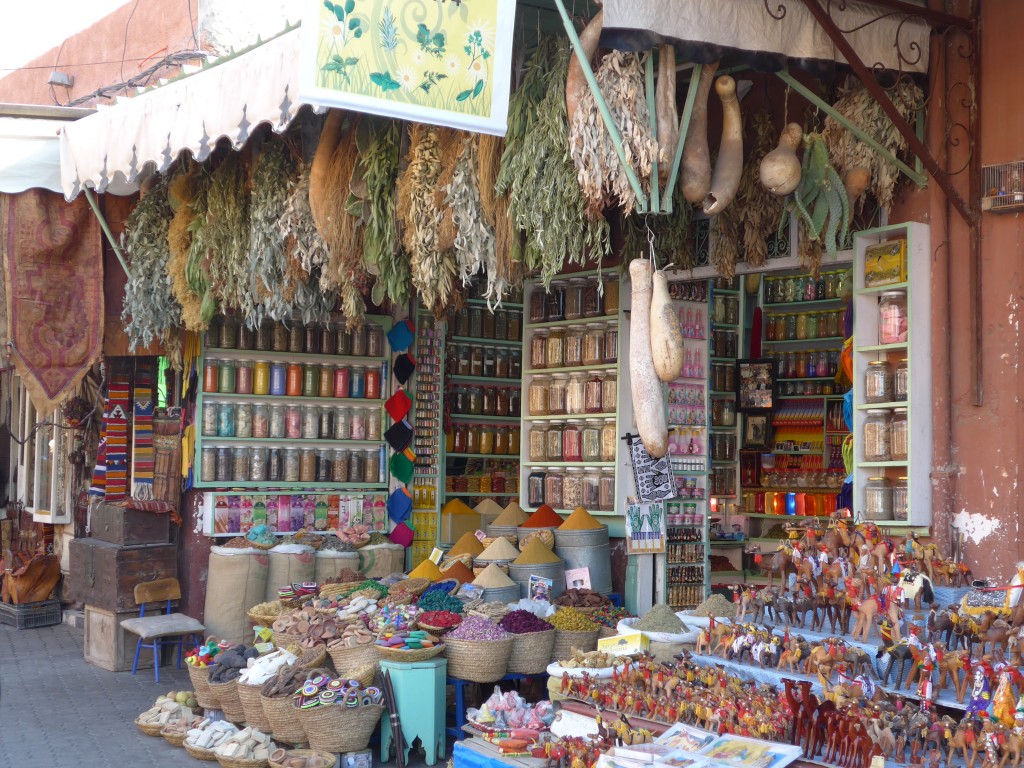

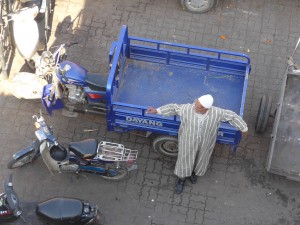
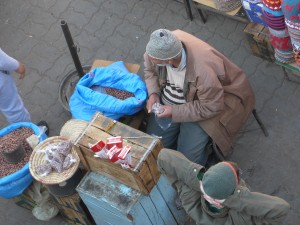
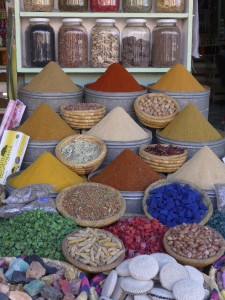
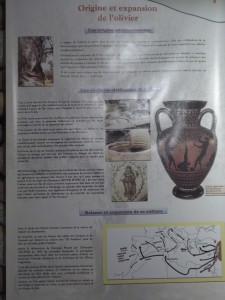

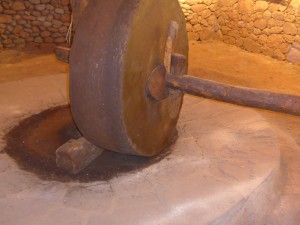 plus an example of an ancient oil press, with technology even more “beldi” or traditional than what we saw outside Demnate:
plus an example of an ancient oil press, with technology even more “beldi” or traditional than what we saw outside Demnate: 
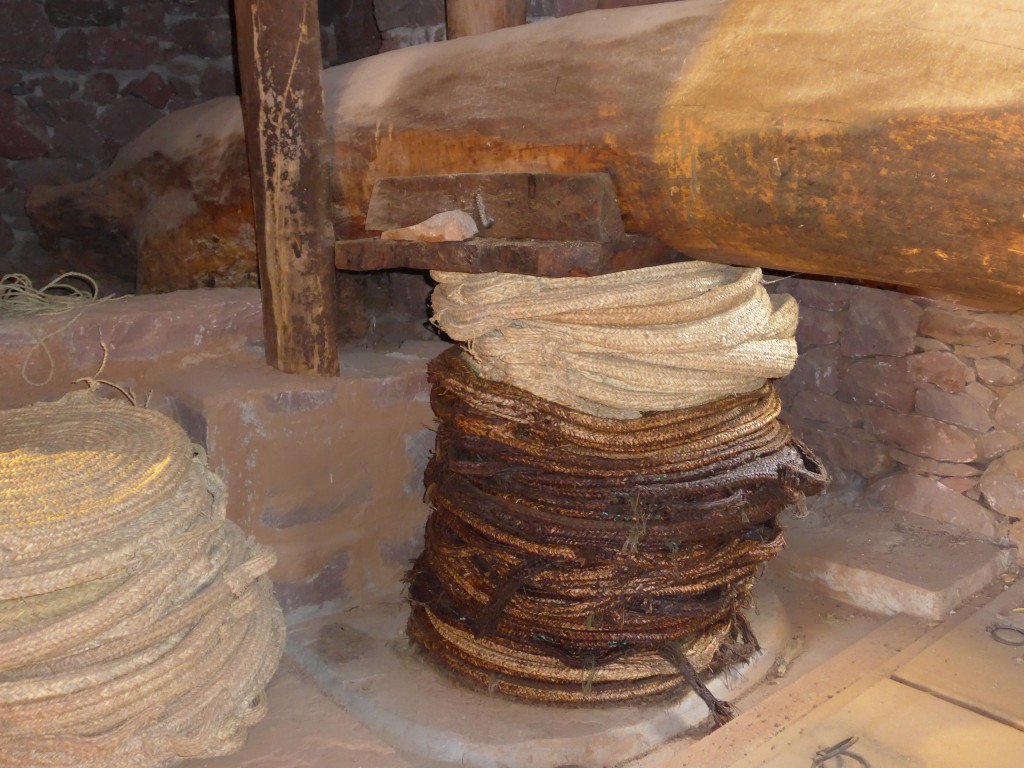
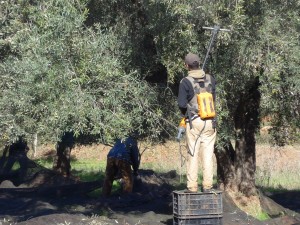
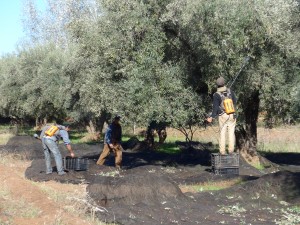
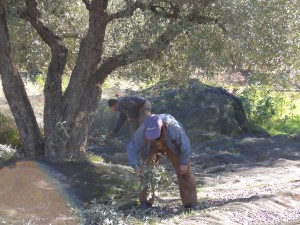
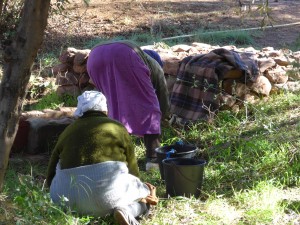
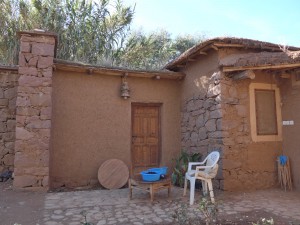


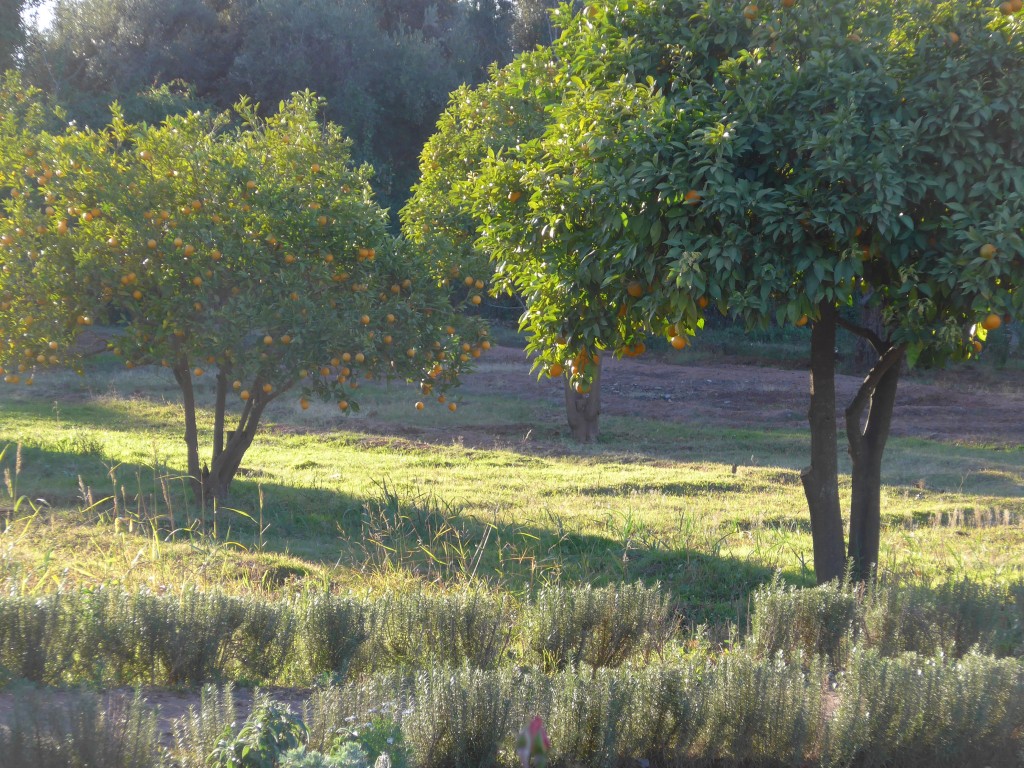
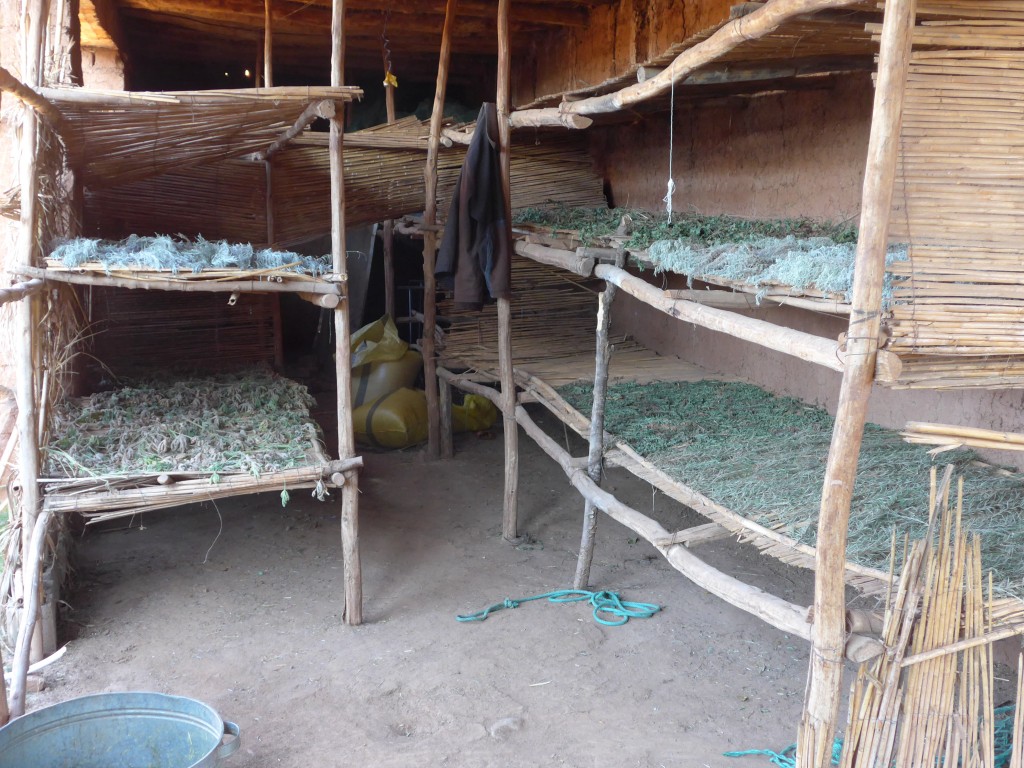
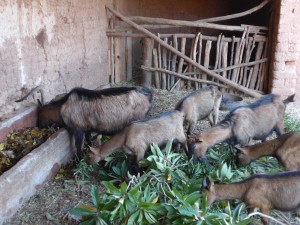
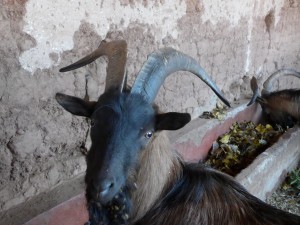
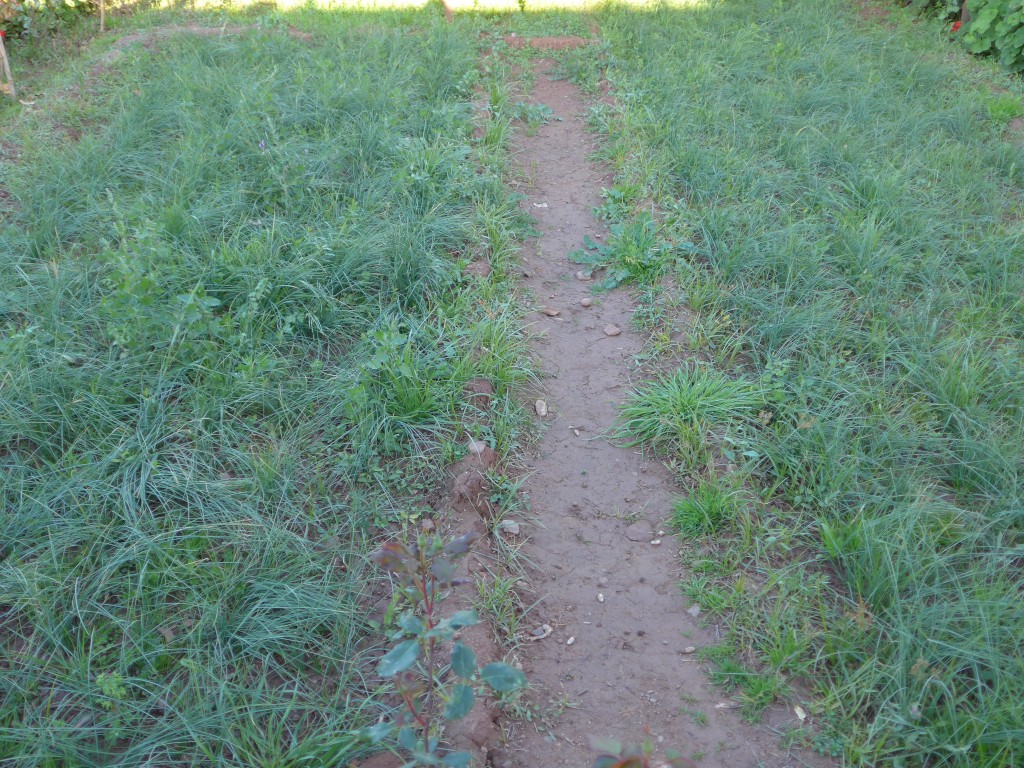
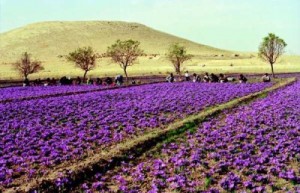 (web catch of a field in Taliouine, Morocco)
(web catch of a field in Taliouine, Morocco)